|
Spring Green Lions’ Club Spaghetti Dinner Tuesday, March 1, 2022 4:30-7:30 PM Proceeds go to the River Valley Area Community Gardens for building equipment shed Drive-Thru 0nly In Alley behind The Shed Carry outs available / No dine=ins Adults: $7 Advanced --$8 at the door Children (K-8): $5 Advanced--$6 at the door Advanced tickets available at The Office Market, Pamela’s Fine Jewelry, Spring Green Lions’ Club members and River Valley Area Community Garden members. The current equipment shed is small and made of wood pallets. It is not weather or rodent proof. Other equipment is stored under the water tank that was damaged in the August windstorm. Some equipment is stored under the frame of the water tank. There wasn't enough space to store the Busy Bees picnic table and the leopold benches inside for the winter. Come enjoy some spaghetti and help us build the equipment shed.
0 Comments
In May the Gardens received a Sauk County Pollinator Grant of native pollinator plants funded by Sauk County and the Ho Chunk Nation. The purpose of the grant is to encourage home gardeners to include native plants in their home gardens. Prairie Nursery in Westfield Wisconsin provided the following native plants: Smooth Penstemon, Ohio Spiderwort, Butterfly Weed for Clay, Wild Senna, Stiff Coreopsis, Purple Prairie Clover, Purple Coneflower, Sweet Joe Pye Weed, Prairie Blazing Star, Bergamont, Ironweed, New England Aster, Ohio Goldenrod and Prairie Dropseed grass. Once planted we needed to keep them watered and also to gradually move more of the non-native plants out of the existing bed. By August they were looking really good, starting to become established and starting to bloom. Below: Row 1: Picture of the site; butterfly weed; stiff coreopsis Row 2: Prairie drop seed grass with a stem of quickgrass; purple coneflower and bergamont; New England astor and a dill weed In September, the New England Aster, Ironweed, and the Stiff Coreopsis were beautiful. I was lucky enough to find three Monarch caterpillars in the gardens and successfully kept them through their metamorphosis. They were released into the Prairie Garden. One was released on the aster, one was released on the ironweed, and one was released on the stiff coreopsis. Hopefully they or their offspring will return to our Native Prairie Pollinator garden in 2022. And then, all too soon it was November and our native plants were sleeping for the winter. In the summer of 2022 we are planning to have a seminar on the native pollinator plants. Please watch either the web site or our Facebook page for the date. Following are some articles on the importance of planting native plants not just for pollinators but also to prevent soil eroison. Native Plant Root Systems https://wisconsinpollinators.com/Articles/PlantRootSystems.aspx Milwaukee Metropolitan Sewerage District "Native Landscaping" https://www.mmsd.com/what-we-do/green-infrastructure/native-landscaping USDA "Landscaping with native plants" https://www.nrcs.usda.gov/wps/portal/nrcs/detail/wi/programs/farmbill/?cid=nrcs144p2_015853 Wisconsin Department of Ntural Resource "Plant Native Plants" https://dnr.wisconsin.gov/topic/endangeredresources/nativeplants.html Illinois Native Plant Guide https://www.nrcs.usda.gov/wps/portal/nrcs/il/plantsanimals/nrcs141p2_030726/ Notice how long the roots are on the native plants in comparison to the roots on lawn grass.
The RV Area Community Gardens undertook a major project of building a shelter for shade at the Gardens. The only shade on site is the maple tree by the street. While the tree provided some shade, it wasn't enough. To raise money, we had a perennial plant sale in the Spring and 4 brat frys throughout the summer and fall to raise money to build the shelter. The shelter was designed by Gardeners Wid and Tom with some help from Chad Kannenberg at TriCounty Building and Supply. Chad introduced us to a diamond pier to use as a foundation instead of pouring cement. Pretty cool device. Construction began in mid-September. Gardeners Wid, Tom and Doug put the diamond piers in the ground. They had fun and took turns using the jackhammer to drive the posts into the pier to secure it to the ground. The next work day was putting the framing up. Gardeners Tom, Wid, Doug and volunteer Larry had a beautiful day to work. Then the long wait began. We got caught in the supply chain snafu of 2022. Our trusses were being built in Minnesota. They were expected to arrive the first of October BUT.... 2 months later in early December we received word that they were in. Gardeners Wes, Tom, Wid, and volunteer Larry were blessed that December 3 and 4 were fairly mild and it was comfortable to work outdoors. Needless to say, we are looking forward to using the shelter this year not just as gardeners but for the Busy Bees Garden Club and our summer board meetings. We hope to have a shelter party this spring.
In 2021 Gardener Doug built a caterpillar at the Gardens to grow tomatoes for the Food Pantry. Commonly known as a hoop house or high tunnel, researchers and commercial produce farmers use the hoop house to control the growth envirornment. The West Madison Agricultural Research Station on Mineral Point Road on Madison's west side uses hoop houses for their research projects. The caterpillar was 50 ft. long and made from UV resistant or coated plastic sheeting and 2 inch pvc pipe. Rope was criss-crossed across the plastic to hold it down making it look like a big white caterpillar. Doug planted a total of 48 tomato plants primarily two varieties called Estiva and Firecracker in two alternating rows down the center of the tunnel. He set up a drip irrigation system to water the plants. The tomatoes were trellised to a rope running the length of the tunnel at the top. A disadvantages of the caterpillar was someone had to be watching the weather. If it was too hot the plastic had to be hoisted higher to let the air flow more easily. If a storm was imminent, the plastic had to be dropped so that the wind didn't tear it. On most days the plastic could be rolled up and not touched until the weather forecast indicated that action was needed. The catepillar was quite a point of interest. Gardeners had questions about it's use. Doug explained the purpose and construction of the caterpillar to the RVHS Conservation Science classes when they visited the Gardens in June. The Busy Bees Garden Club found the "big white plastic thing" interesting and had fun picking tomatoes to take home for lunch. Following are Doug's comments on his experiment: "I thought for the first time, it worked quite well. I think we officially weighed around 150 pounds of tomatoes for the food pantry and the Meadows Assisted Living Center. I am sure we took more than that out unofficially because between food pantry deliveries Gardeners were able to help themselves and those harvests were never weighed. Also some of the tomatoes were placed in the Free Veggies Kiosk on Westmor Str.
The Firecracker variety had a lot of growth cracking on the stem end which might be due in part to uneven watering. On the other hand, the Estiva variety did quite well. Naturally, I think we can do much better next year. More regularity with water and fertilizer along with fabric mulch will, I hope, make a difference" Stop by during the 2022 gardening season and check out the Caterpillar. Doug will be putting it back up as soon as the weather permits this spring. Another project the RV Area Community Gardens developed was an demonstration Enabling Garden. At the October 2020 meeting the Directors decided to create the Enabling Garden to demonstrate alternative gardening methods for people who have mobilitiy issues, physical limitations and mental limitations. It is also hoped that the demonstration garden will continue to encourage more people to garden at their homes or develop their own garden plot at the Community Garden.
In the Spring of 2021, preparation of the Enabling Garden began. Thursday, before garbage pick up in the village, was a prime time to scour the village for containers appropriate for planting veggies. Gardener Tom constructed two raised beds. Cardinal Glass donated plastic recycling bins. Standing sinks were found on the street. A cow tank and child's swimming pool were donated. Boxes and tent frames were donated by American Players Theatre. Mulch was spread to prevent weeds and eliminate mud on the site. Stands were constructed for containers that needed them. Holes were drilled in the bottom of containers for drainage. Containers with big drainage holes had them reduced to prevent loss of soil. Containers were filled with soil and mulch in preparation for planting. The project was fairly inexpensive requiring the purchase of some hardware for building the container holders and dirt for the containers. Everything else was either found or donated. As the Spring progressed Gardener Forest asked to garden on the site. He had found that he would not be able to garden normally due to back issues. Forest and Cait worked together to further develop the demonstration garden. A variety of other containers were donated and trellises were strung on the tent frames. Containers were arranged and planted. Straw bales were put in place. Forest said it was a successful year with a lot of produce harvested and it really eased the strain on his back. He will be gardening the same spot in 2022. Stop by and ask him some questions this summer. People interested in developing a garden at home should be on the lookout for discarded containers. It is not to early to start planning your garden. Don't forget to put holes in any containers with solid bottoms so that water will drain out. Be careful with fabric bag containers. We found that fabric shopping bag containers rotted quickly.
If people would like better looking containers and can afford to purchase them, raised bed containers and boxes may be found at local stores such as Menards and Farm and Fleet. Gardeners Supply Store, Burpee Seeds and Johnny's Seeds, online sources, contain a variety of raised bed and containers for planting. If you need advice, don't be afraid to ask us. Or, check out your local library for books on the topic of raised beds, container gardening, accesible gardening, enabled gardening, or gardening for the disabled. The internet, especially YouTube, has many videos on these topics also. If people want to develop an enabling garden in a plot at the Gardens, we will help make it happen. Contact us. The RV Area Community Gardens was blessed with a successful 2021 gardening season. A big thank you to everyone who helped to the make the year a great one. Following are the highlights. 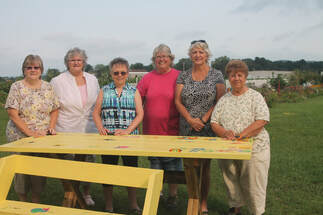 Lake Redstone Garden Club visted the Gardens twice. The July visit was cut short by a storm. The August visit followed a storm the night before. 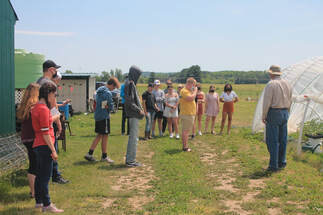 RVHS Conservation Science classes visited the Gardens June 1 and 3.
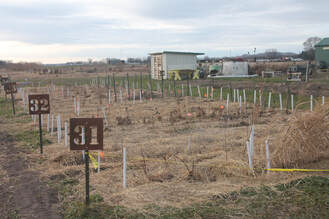 Seven garden plots were planted as nursery beds for the 2022 plant sale. The Gardens plants have been culled or divided. Several local gardeners have also donated plants for the nursery beds. The plant sale is scheduled for May 14, 2022. Spring is getting closer. You have picked seeds or decided to plant seedling transplants. You now need to prepare your garden and determine when to start your seeds or plant them directly. Step 7: Preparing your GardenA decision on how you are going to garden has to be made. If you are doing in ground planting, you will need to either till the area you want to plant or get a dump truck of soil and spead over the garden. Most folks just till. If you have the time, grass can be killed by placing cardboard or a tarp over the area for several weeks. If you don't have the time, mulching will help stop grass from growing back in your garden after it is planted. A search on YouTube will yield a variety of videos to show how to garden. Raised bed gardening is a good option. If you are handy with hammer and saw you can build your own raised beds or purchase a kit from any number of places. There are a lot of patterns on the internet. If you don't want to build with wood, cattle tanks work well. You will need to put some drainage holes in the bottom so the water will drain out. Other large containers also work well. If your raised bed is wooden bed going directly on the ground, you may want to put a screen under it and up the sides to keep burrowing rodents out of your bed. Another option is container or patio gardening. Any containers will work...kits, 5 gallon buckets, pots, Container gardening can be done on a patio, in a space in your lawn, in existing flower beds. You can even build or find devices to lift your containers off the ground to make them raised beds. Straw bale gardening is another option. The bales take some preparation by wetting them down and you will need some soil to put in the middle. The Wisconsin Gardener has a video demonstrating how to make a Straw bale garden Lasagna gardening is another option. The Gardening Channel explains Lasagna Gardening and has links to other related articles Step 8: Cool Season Crops / Warm Season Crops.Veggies are broken down into "cool season" and "warm season" crops. Warm season crops should be planted after the last frost in your area. Check the back of your seed packets or the tags that come on your transplants for more planting information. Also their are some veggies that require little attention from planting to harvest. They are recommended for community gardens and are included here. Check the USDA Hardiness Zone map and your last Spring frost dates. Wisconsin Frost Dates and Hardiness Zones Frost Dates by Zip Code Hardiness Zones for the US When you become a gardener, you start watching the weather more closely.
Step 9: PlantingThe most important thing is to plant seeds as recommended on the seed packet. If you need to carry a small ruler to get the appropriate depth, do it. Or measure the distance on one of your fingers. You will soon be able to judge the depth and not need to worry about measuring. Seeds are sensitive to light and have different depth requirements. They also tolerate a tad to deep or shallow but if planted to deep they will not germinate. Soil temperature is another important aspect of planting. This is why there are warm season and cool season crops. Many seeds need the warmer temps to germinate and thrive. You can use a soil thermometer or plan on planting the warm season crops around Memorial Day. Seed packets usually have a temperature recommendation. University Extension Penn State has an excellent Vegetable Planting and Transplanting Guide with information on when to start indoors or to plant outdoors. The Creative Vegetable Gardener has excellent advice on her blog on How to grow more food with a custom planting schedule. If seeds are started indoors make sure they have enough light so that they don't get to leggy before transplanting outside. A planting method that is becoming more popular at our Community Garden is creating raised rows before planting. It enables us to know where the rows of seeds are and also to mulch the pathway between rows before the seedlings emerge, thus eliminating lots of weeds immediately. The raised rows are created by raking or shoveling the soil into a 6 inch elevated mound. In the picture, the elevation is visible on the right side. Once seeds are planted, don't forget to water. The water stimulates germination. Sending wishes of success for your planting.
Remember when gardening there are no mistakes just learning opportunities. Ok, you have decided you want to have a garden. You have a tentative plan to handle the work. You have made a list of what you think you want to grow. You have done some research by reading some books, looked at catalogs, watched videos and are now ready for the next step. Step 4: Where Am I Going To Garden?Gardening at home is definitely more convenient. You can walk right out the back door and pick tomatoes or lettuce for lunch or beans for supper. Look at your yard. If you haven't paid attention to the sunlight in your backyard. Now is the time to start. Most veggies need at least 6 hours of direct sunlight. Some will grow with less. If you have too any trees you are faced with a decision of cutting some down or looking at other options. Patio gardening with pots or containers is another option but again you need the sunlight. Another option might be gardening at a friend or relative's house. Another option is the River Valley Area Community Gardens or a community garden in your town or city. There is definitely enough sunshine. At RVACG, there is also the option of a mentor to help get you started and lots of people to visit with to get advice on gardening things. With ornamental gardening, there is a much greater variety of plants for all varieties of sunlight from shade to partial shade to partial sun to full sun. Step 5: Decide whether you want to start seeds early, direct sow into the ground or buy transplantsStarting seeds early can be fun. It is exciting to see their little leaves popping out of the starting soil. You need lots of light and warmth to start seeds at home. The recommendations for light run around 14 hours and consistent heat around 70 for starting seeds. Many people put in a special grow light over the table where their seeds are germinating. The light provides both warmth and light. Direct sowing into the ground is also an option. It means that you may have to wait an extra week or three for produce but it is still good. This is also where that maturity date is important. You don't want to plant a watermelon that takes 120 days to maturity and plant it June 1. If you are lucky, you will be harvesting around Oct. 1 but frost may get it first. If you are growing a small garden you might want to go to a greenhouse and purchase seedlings. The seedling transplants will give you produce a bit earlier than the direct sown seeds. Growers are starting seeds for everything. You can even purchase sweet corn transplants now. Almost There between Spring Green and Arena has both 4 packs and single purchase seedlings, especially in tomatoes so you aren't wasting seedlings. If you have room you can plant the extra plants to give produce to the food pantry or give the extras to friends. Anyway you choose is fine. You will learn what works best for you and your family. Not to discourage you but I am not a successful seed starter. I have a small garden. I didn't have a place to easily keep the seed trays when I started them nor a place to put a light. I have opted to purchase seedlings of tomatoes, cabbage and marigolds. It is easier. I have opted to plant seeds for sweet corn, lettuce, peas, beans and zinnas. Either way, you will probably want to purchase some seeds to purchase. You need to know how to read the information on a seed packet to successfully grow your seeds. Step 6: Reading a Seed Packet or a Transplant LabelYou are at the store or the greenhouse/nursery looking at seed packets and later in the season seedling tags. Each packet contains approximately the same information but arranged differently according to company. You need that information to make a good decision on what seeds to buy. What are you looking for? Description of the plant which may include tips to grow it successfully . Light requirements: Shade; Sun/Partial shade; Sun; or Full Sun Planting depth Direct Sow information / Start Indoors information Days to Germination: Always helpful so you know when to start looking for the leaves Days to Maturity: When can you expect to harvest When to Plant: Before last frost / After last frost / When soil warms Thin to: Spacing between plants Height Remember you want to specifically look at the light requirements, days to maturity, and when to plant. Want more information? In Megan Cain's book Smart Start Garden Planner, she has a "Veggie Essentials Cheat Sheet" which provides a lot of information including whether to direct seed or transplant. On her web site she has a series of blogs under Plan Your Garden. There are many web sites that explain how to read a seed packet. These are only a few of the ones I checked. Ferry Morse Seed Company Gardeners Path University of Nebraska-Lincoln A search in Google, Bing, or whatever browser you use will turn up lots of articles on reading a seed packet. I did not check YouTube but I am sure there are videos too. Go for it. Ready, set, purchase! Transplant seedlings will have most of the same information on their tags but none of the greenhouses should be selling any of those before early to mid April. You do not want to purchase them until you are and the soil are ready for them or they will not survive. Next time, we will be talking about cool weather and warm weather crops and getting your garden ready for planting.
"Hey, Let's start a garden this year" Maybe you heard something like that or said it. Maybe you just made the decision. OK, is this really what you want to do? We will look at the process over the next few weeks. Step 1: Deciding to GardenWhy do you want to garden? I want to grow my own food. I want to learn a new skill. My folks had a garden when I was young. It looks like fun. I want to save some money. I want to get outside more and do get some exercise. It looks easy, after all I only have to stick a seed or plant in the ground and let it grow It can be fun to grow your own food but it is work which varies on the gardening method you use. Ornamental gardening to attract pollinators or to beautify your yard and enhance curb appeal for your home looks easy and doesn't require harvesting but it also takes work. You will definitely learn new skills and if you continue gardening you will continue to learn more each year. Saving money can go either way depending on what type of gardening you are going to do. It always costs money to start a new hobby, but the food tastes so much better when you grow it yourself and flowers and plants always brighten up a yard, patio or house. You will be outside and you will get more exercise. How much time do you have? Who is going to do the work? Gardening requires time and a commitment even if it is only a few pots on the patio. Talk with the family. The most work intensive times are planting and harvesting. Spring, summer and fall can get really busy with outside activities. Although Covid 19 gave us all a lot of down time in 2020, we have learned to navigate the world and the vaccines are promising a time when life will be opening up and regular activities resuming. Will you have time to devote to this new hobby? Or, how are you going to work the time required for gardening into your daily or weekly schedule? Step 2: What do you want to plantBefore you decide to garden, make a list of the veggies or flowers you want to plant. Consider what your family likes to eat, What plants catch your interest? Maybe you want to plant ornamental plants to attract pollinators, birds, butterflies, or hummingbirds to your yard. Maybe you would like to help protect the soil and water table as well as attract pollinators and are interested in planting native plants. There is so much variety out there. Step 3: Research what you want to plantGMO vs non-GMO seeds / Organic vs Non-organic seedlings: If you want to plant veggies, you need to decide whether you are planting GMO (genetically modified organisms) seeds or non-GMO. Even the seedlings that you purchase can be organically started or non-organically started. There are health questions to ask about GMO seeds and non-organic seedlings. Then there is the question of hybrid seeds versus heirloom seeds. Some gardeners are preferring to plant heirloom seeds which are non-GMO seeds from plants that were planted and cultivated over the many years of gardening by our ancestors. Heirloom seeds have a rich heritage of providing for many generations of families. The hybrid seeds have been developed from these heirloom seeds through many years of interbreeding and testing. Hybrid seeds are often developed to be disease resistant, taste better, have either longer or shorter maturity dates, be better looking...get the picture. Books, wonderful books, on gardening are available through your local library. I would recommend starting there before purchasing a book. If you find a book that you like, then purchase it. Last year, I found a wonderful book, Smart Start Garden Planner by Megan Cain. The web site The Creative Vegetable Gardener previews pages from the book and gives puchasing information. It also provides many charts and graphs with lots of planting and spacing information for veggies. Megan lives in Madison, WI so her advice and information are relevant to the greater River Valley area and the Midwest. Seed catalogs are another good source of information. Most companies now have their catalogs online. Mother Earth news has a list of the 22 Best Seed Catalogs and a list of the Best Vegetable Seed Companies. Birds and Bloom Magazine also published a list of what it considers the 10 Seed Catalogs Every Gardener Needs. The Old Farmer's Almanac has a list of 40+ Free Garden Seed Catalogs and Plant Catalogs with mailing addresses and phone numbers. There are many more seed companies that are not on the lists. This doesn't make them poor or bad so don't be afraid to use them. Local stores now have seed packets on display. This is the time of year that it is fun just to go into a store and browse the seed packet displays even if you don't know what you want to buy. Locally Doerre Hardware, Ederer Dairy Supply, and Mazomaine Hardware have seeds. Heck's Market usually has seeds. In Dodgeville, Farm and Fleet has Livingston Seeds and Walmart has a variety including Burpee seeds. In Richland Center, Walmart has seeds and check the Do-It Center or Ace Hardware. In the Madison area my favorite seed spots are Jungs Seeds in Fitchburg and the Bruce Company in Middleton. The Bruce Company has seeds from Seed Savers, Botanical Interests, and Renee's Seeds which are all mentioned on the lists. When you are looking at seed descriptions online, in a catalog, or in a store, you need to consider the maturity date. The maturity date is the average number of days that it takes a plant to grow from planting to harvest. The maturity date should not be confused with the germination time which is the average number of days it takes a seed to sprout and emerge from the soil after planting. When I shop for seeds, I know that I am not planting much before June 1 for most of my veggies and I want to harvest between the end of July and early to mid-September, at the latest. Therefore, I am want a maturity date of 80-90 days. The exceptions would be popcorn, squash, pumpkins, potatoes, sweet potatoes and a few others which can handle a light frost if we get one in mid-September. But, more on this later....your minds are full. Go dream. Check out a few books. Visit YouTube for gardening videos. Visit the Creative Vegetable Gardener's web site. Shop, but you don't need to buy yet unless you see something you just have to have. 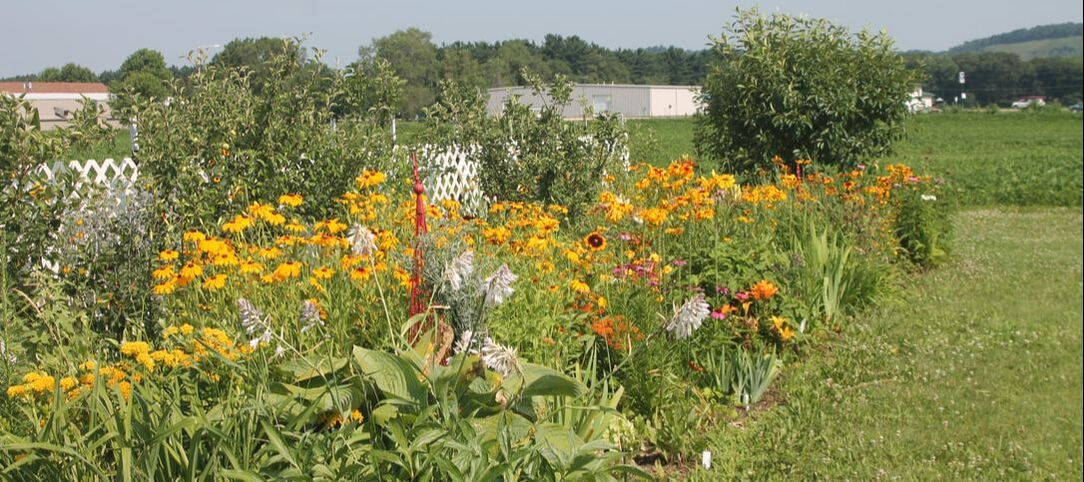 In a few days we will talk about your site and planting options, buying seeds, getting ready to plant. Any questions, please ask. Weather forecast is a week of 40 degrees for the next week. This snow will go. Talking to a lot of people who are ready for spring. So am I! Tired of the snow. Thankful winter didn't really start until January but those of us who don't ski, snowmobile, or ice fish, etc. are ready for this white stuff to be gone. Soon this below... ...will look like this...ready for planting. Then after a little work, planting seeds, and some watering, you get veggie plants. This looks like lettuce and radishes. A little water, sunshine, weeding, a few weeks and love....In this plot there are green beans and cucumbers on the trellises, marigolds to attract pollinators, onions, zucchini and tomatoes. Report is that Marlon and Deb had great yields of veggies to enjoy this winter. Depending on what you planted and when, at some point in the season you will start harvesting. You can enjoy fresh veggies or flowers that you have grown. The veggies below came from our food pantry plot and a couple of personal plots and were headed for delivery at the Spring Green Community Food Pantry. Registration is now open for the rental of garden plots. Over the next few weeks I will be posting blogs about starting your own garden either in your backyard or at the Community Garden. hope the info helps. |
AuthorRose Schneider. Archives
January 2024
Categories |
HoursDaily: 7am - 8 pm
Daylight hours |
Telephone1-608-588-6040
|
|
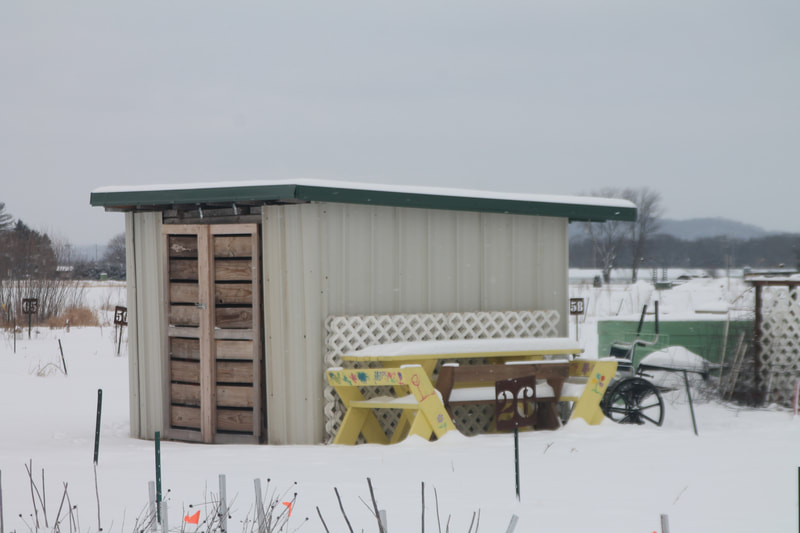

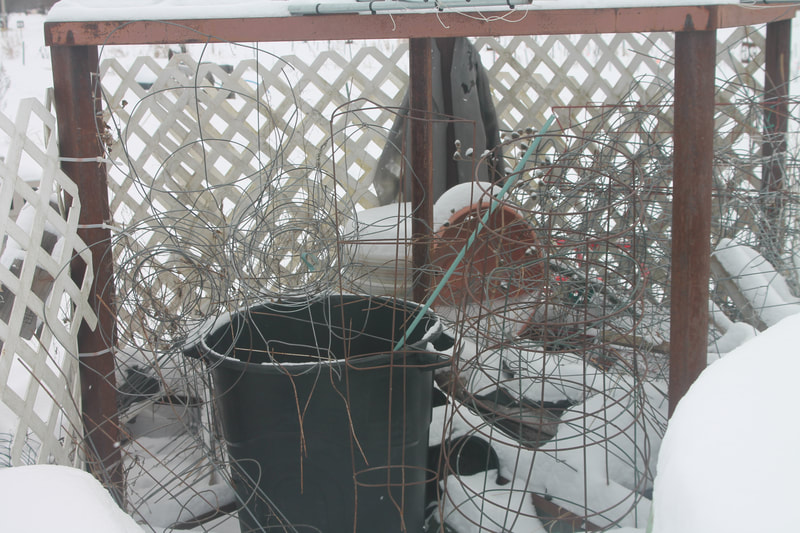
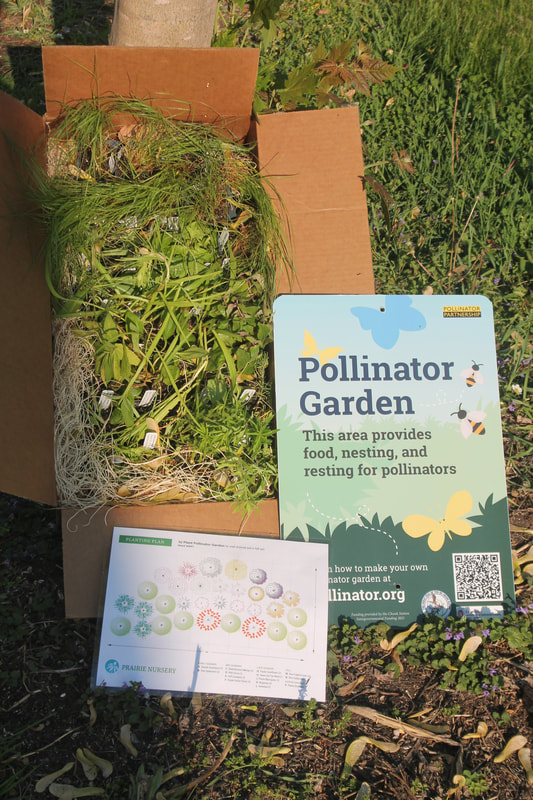
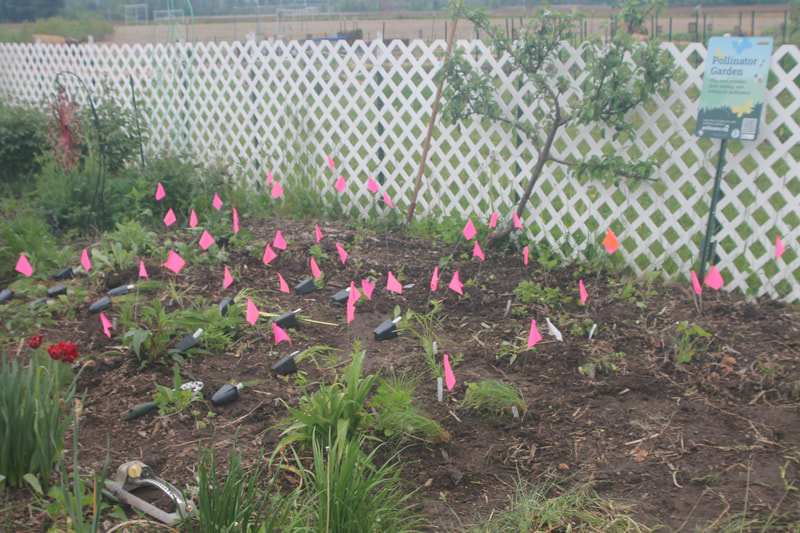
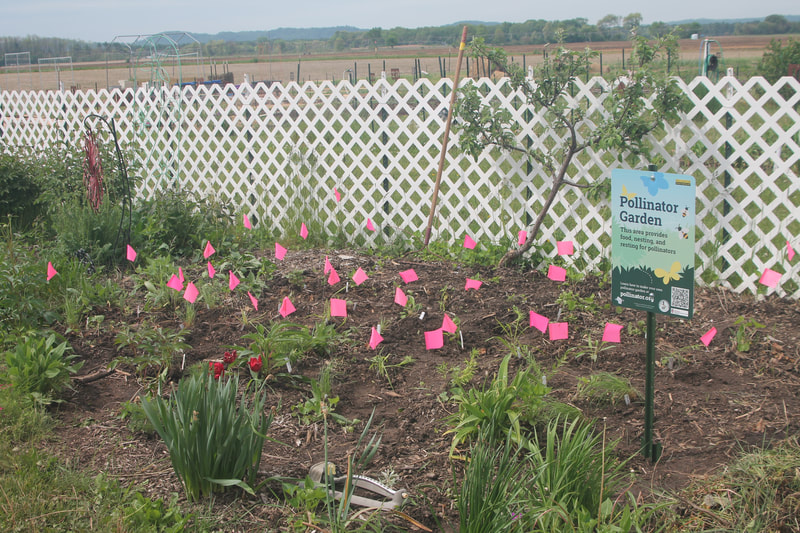
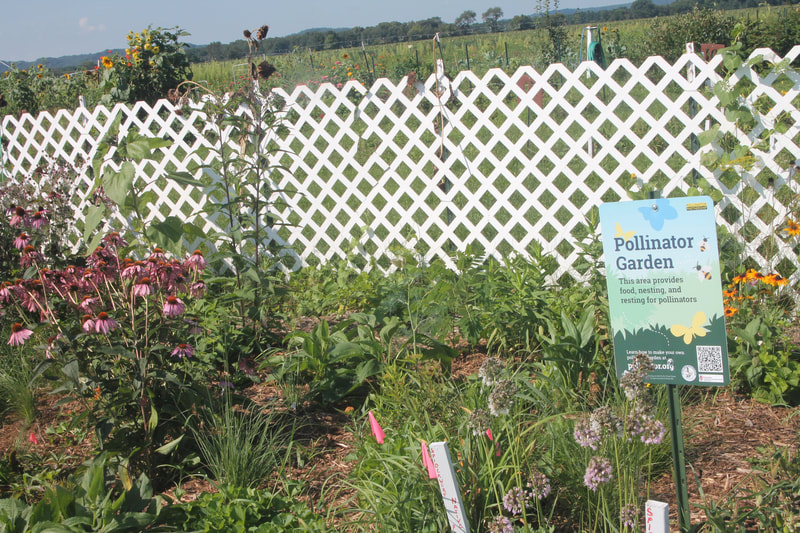
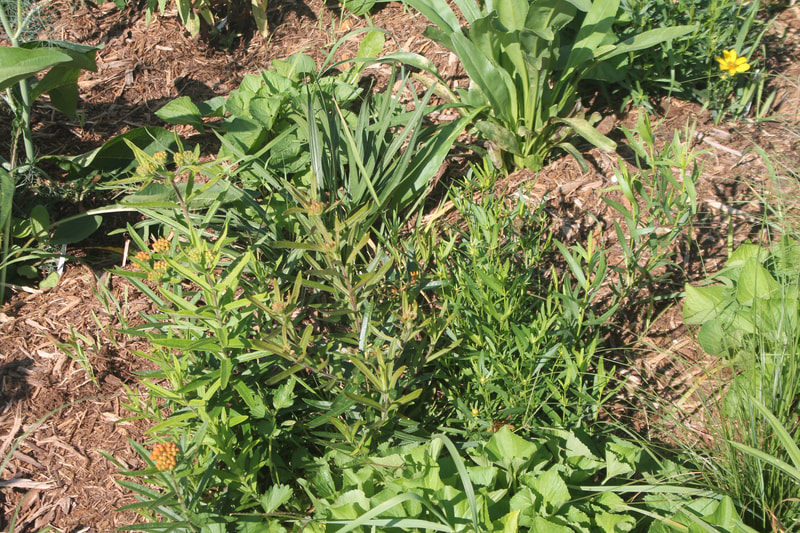
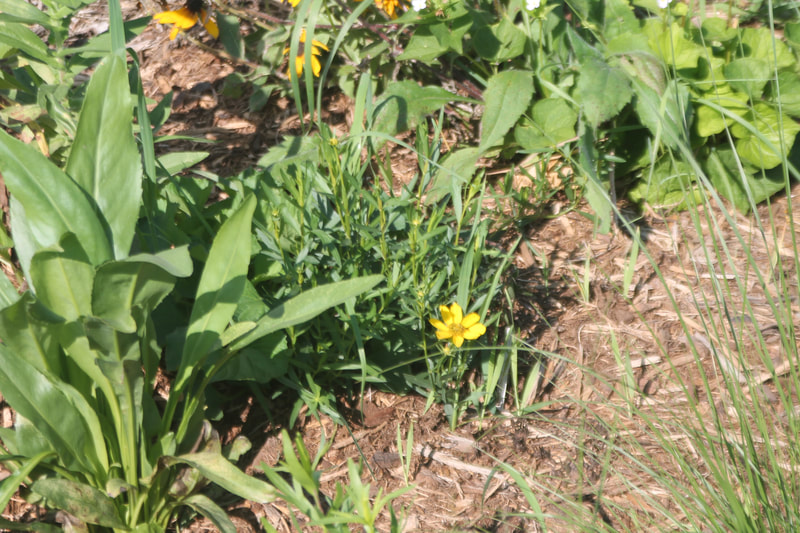
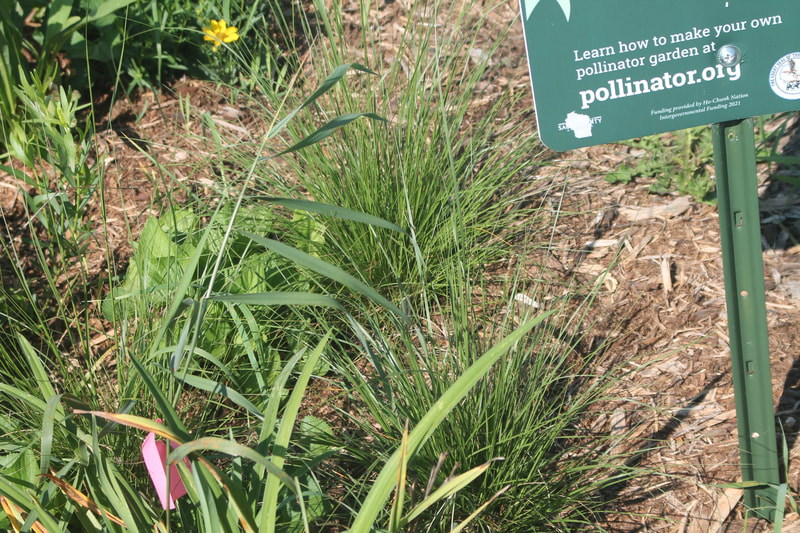
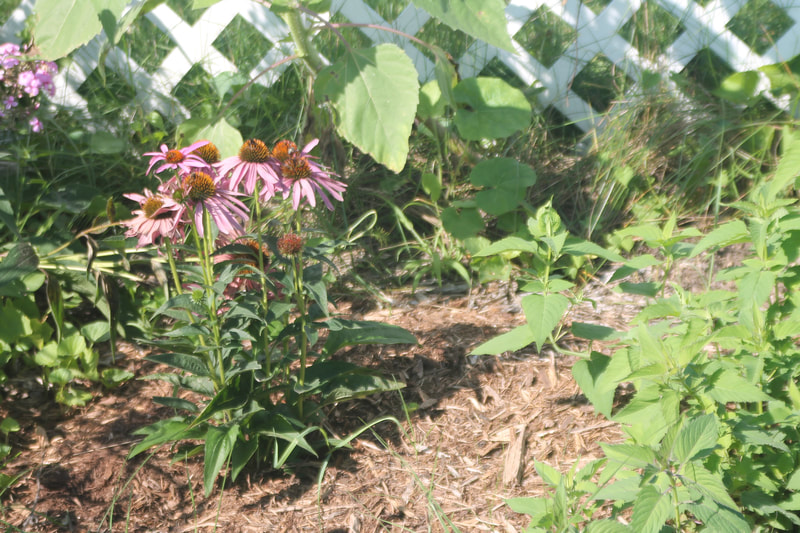
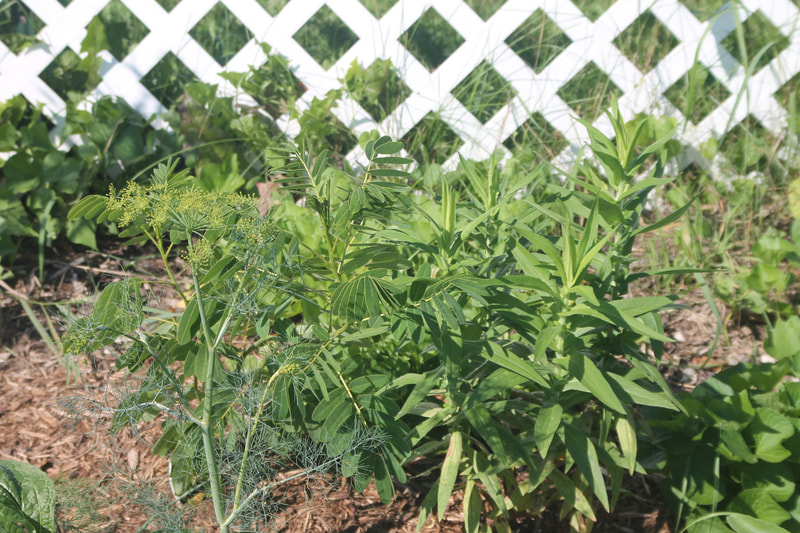
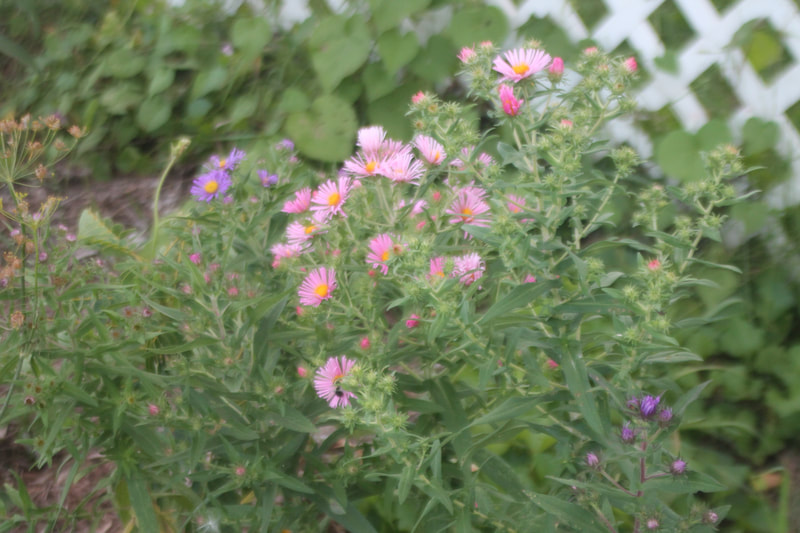
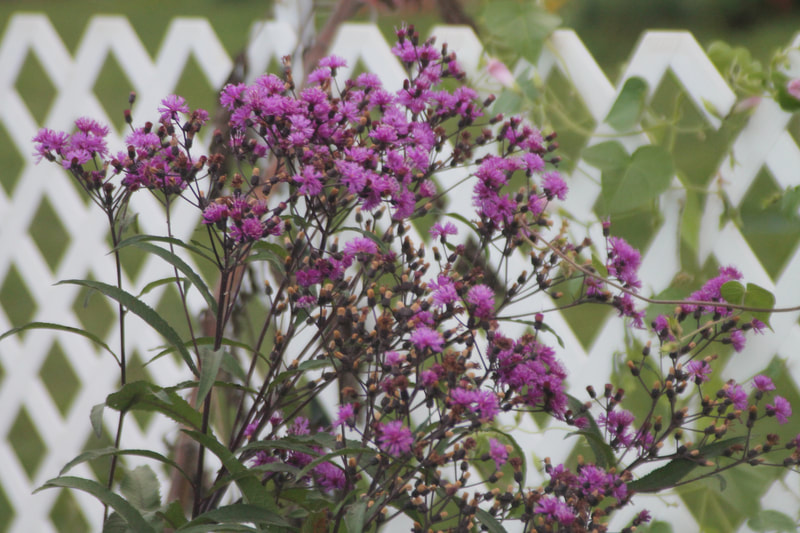
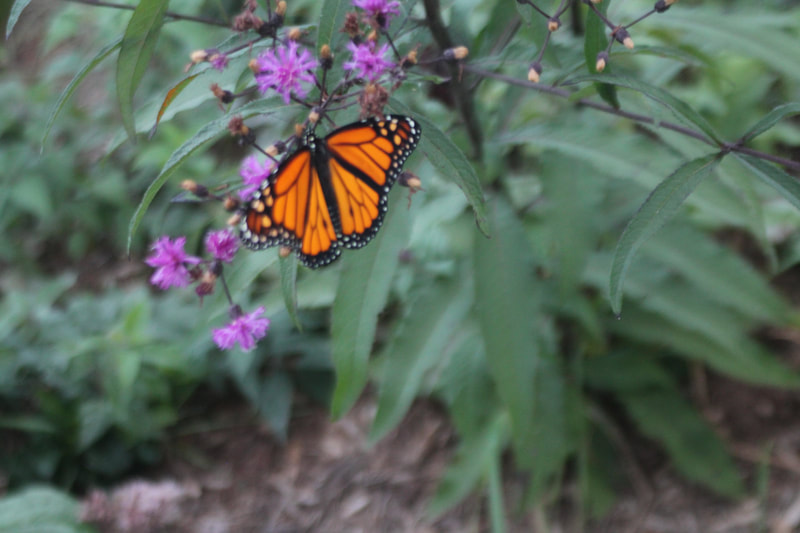
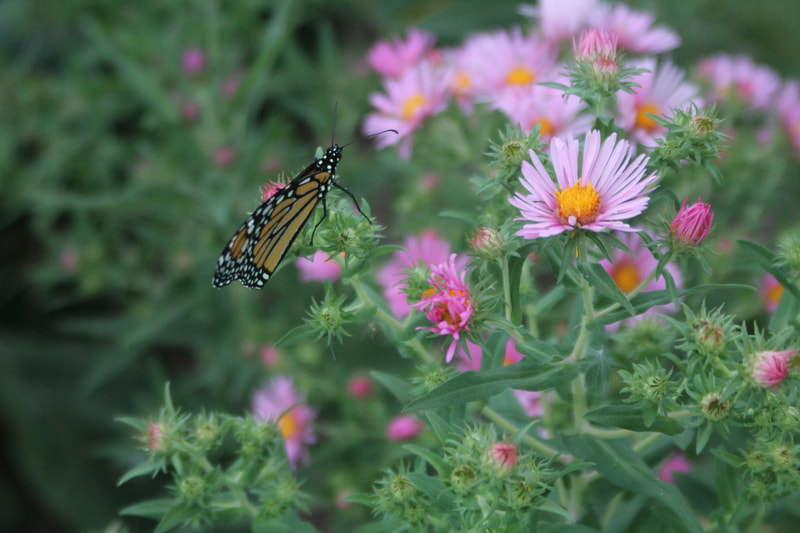
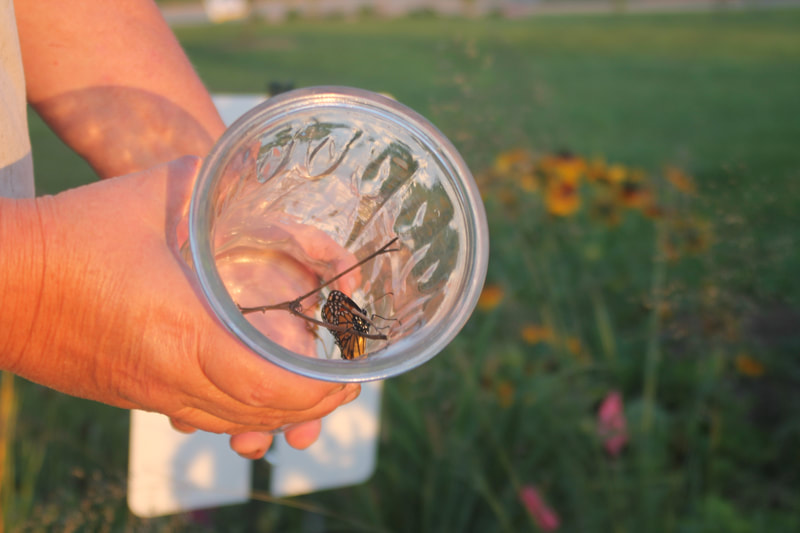
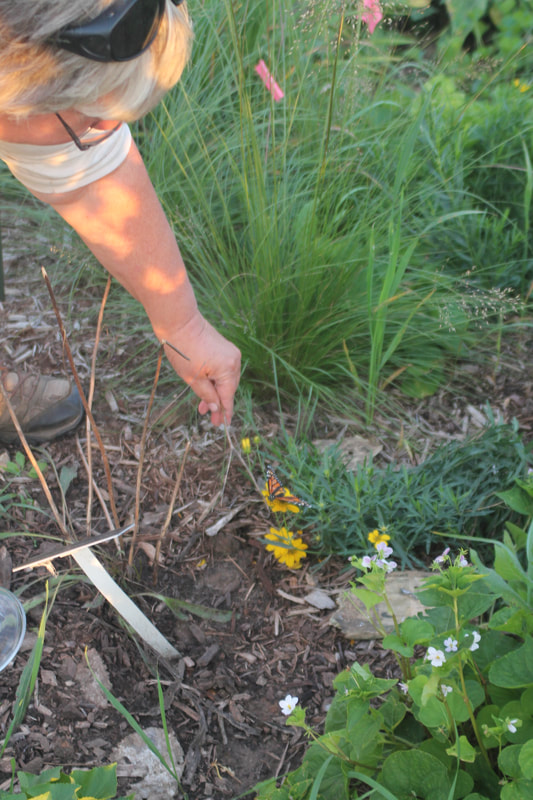
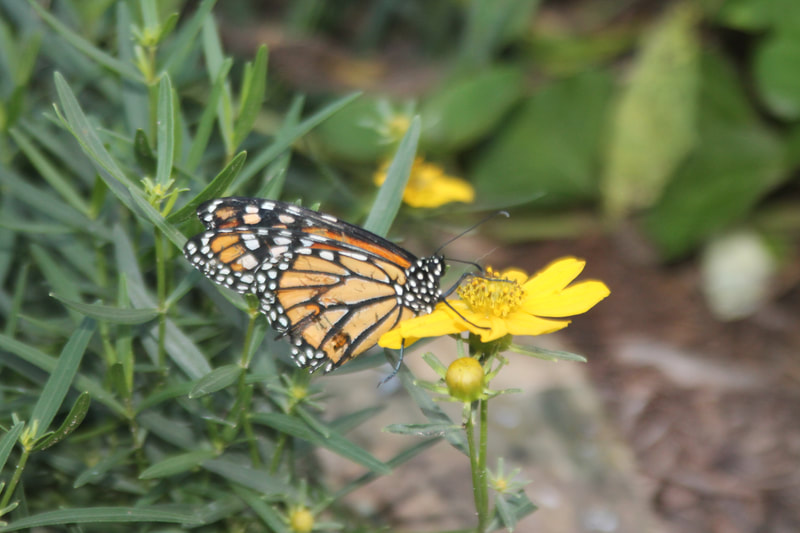
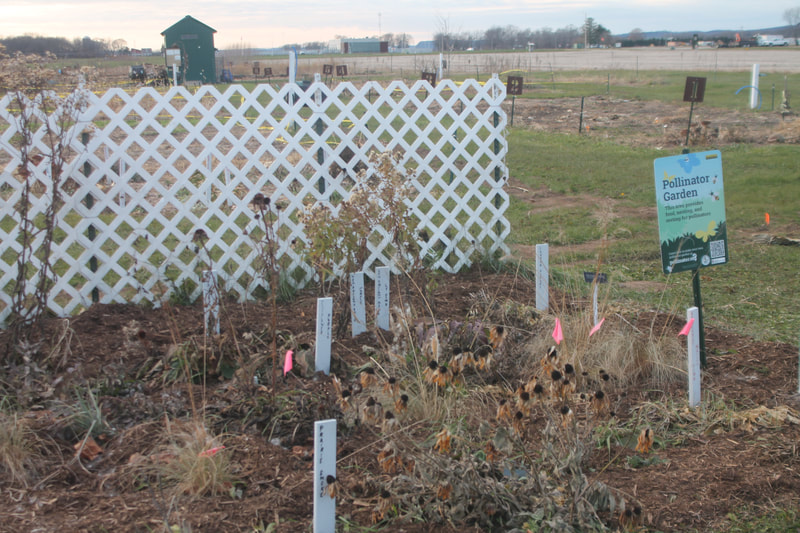
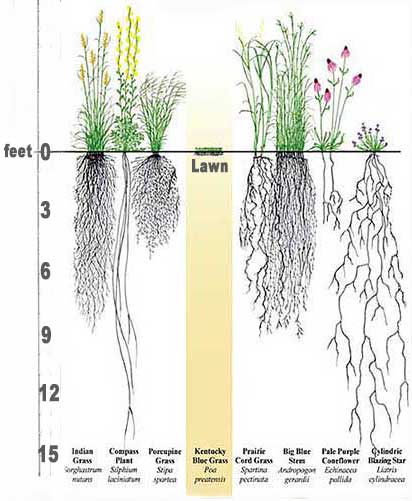
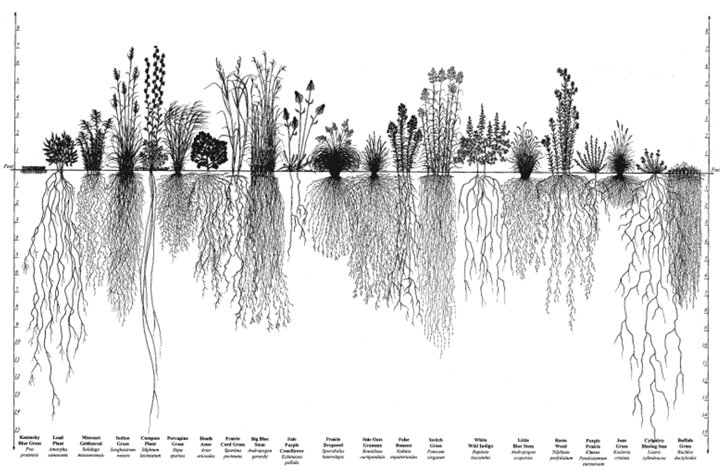
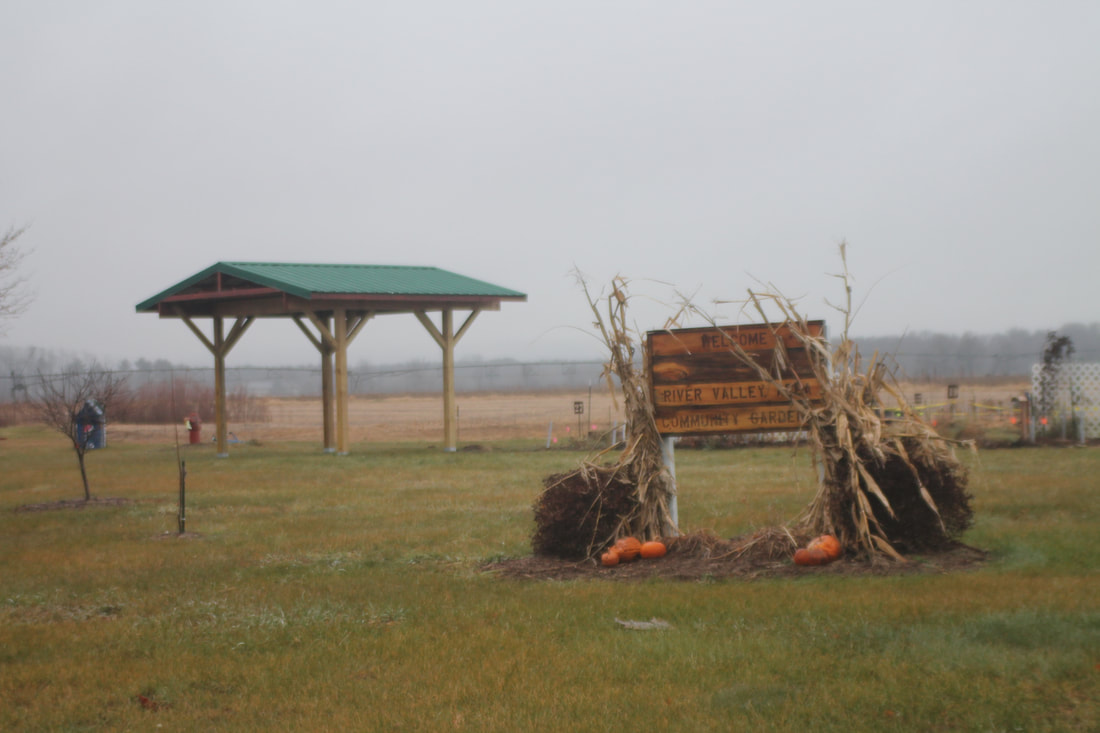
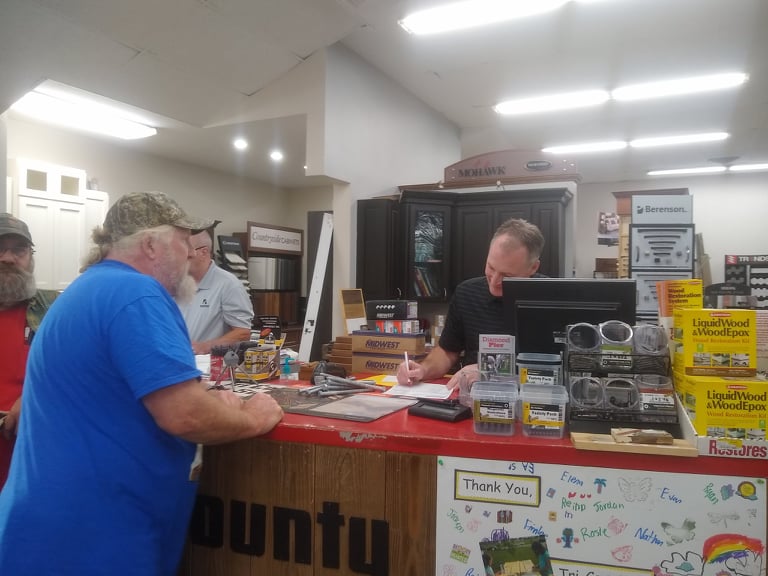
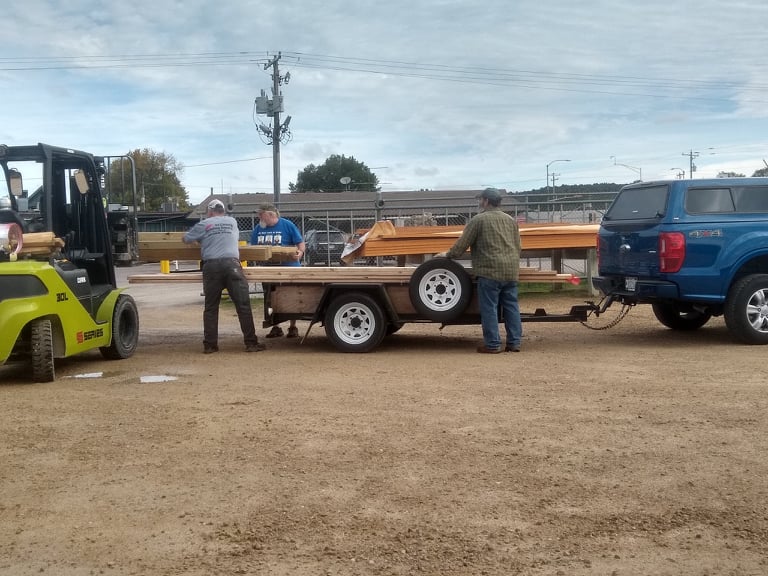
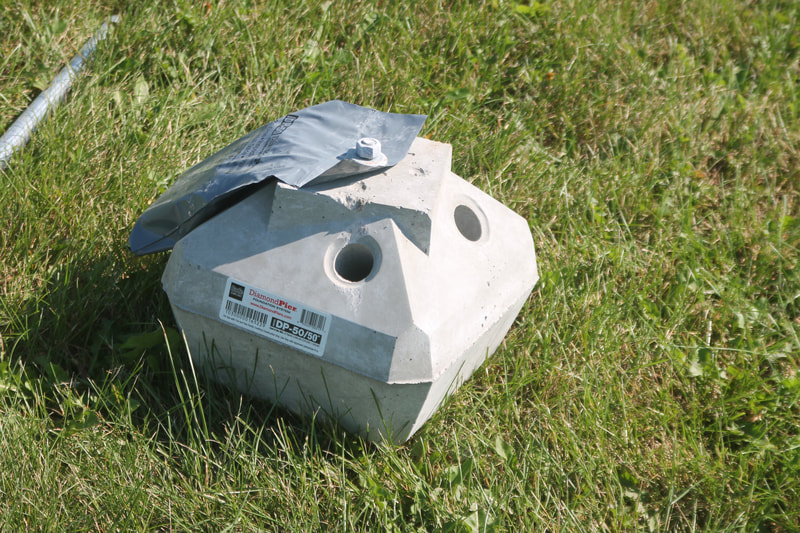
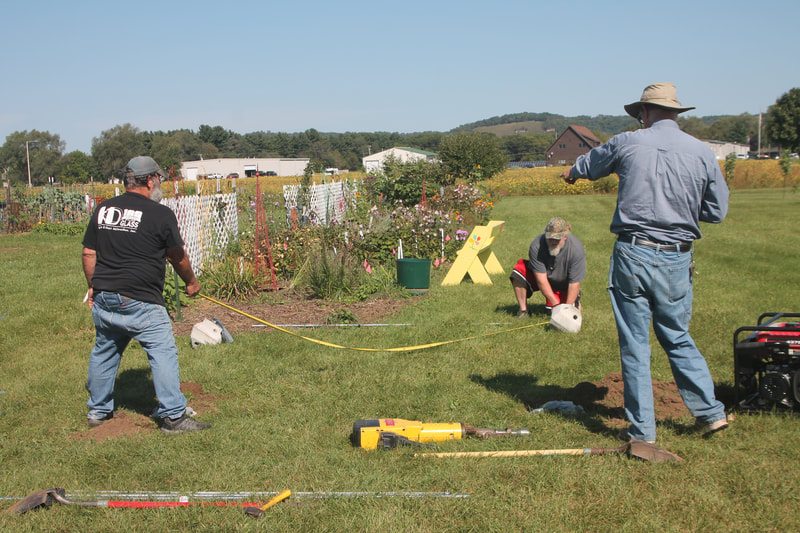
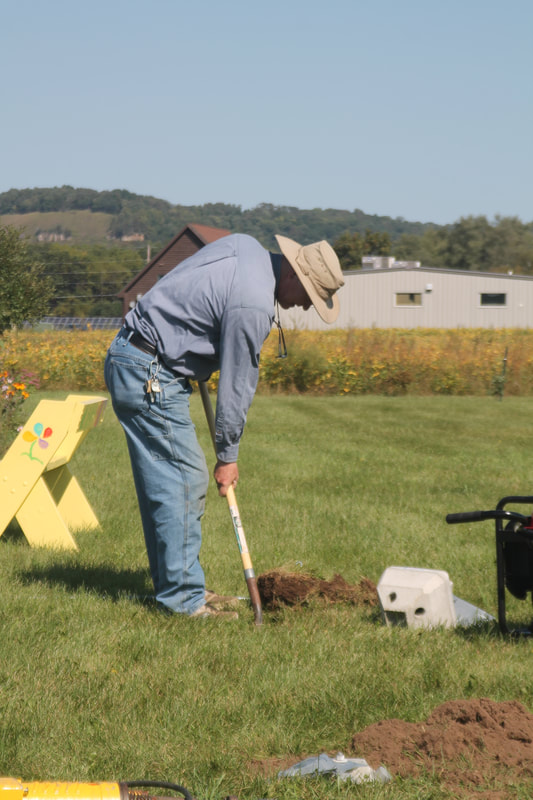
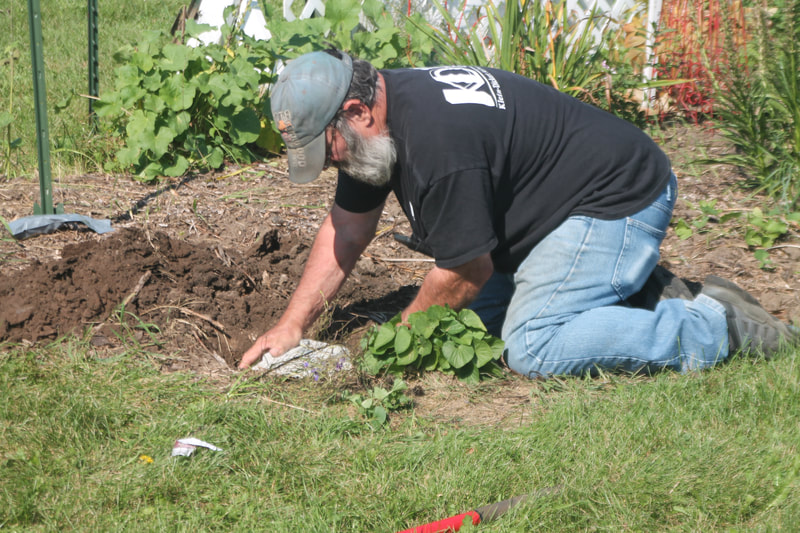
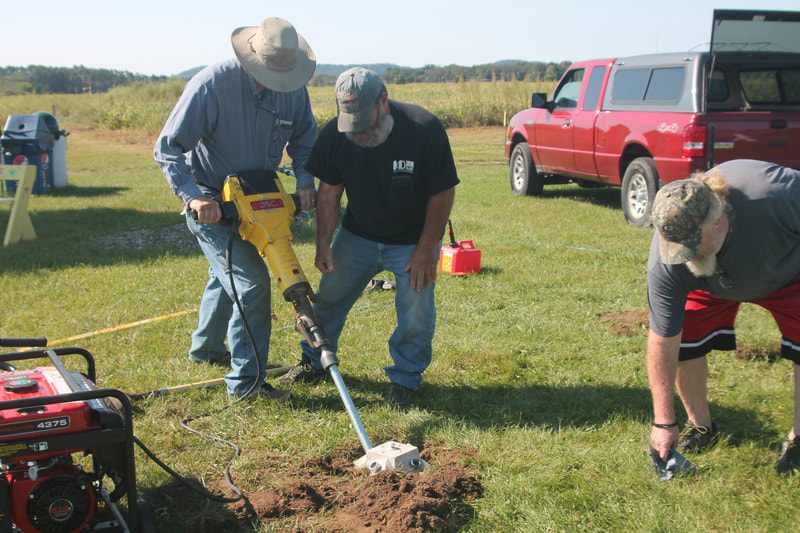
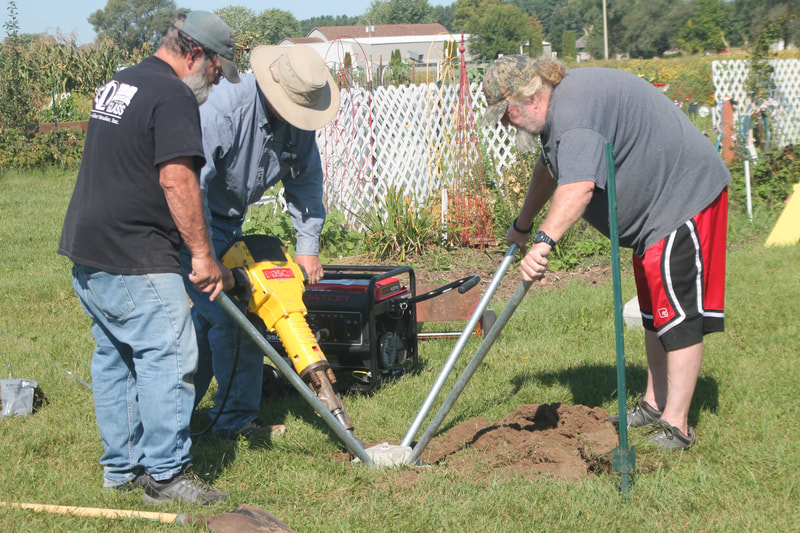
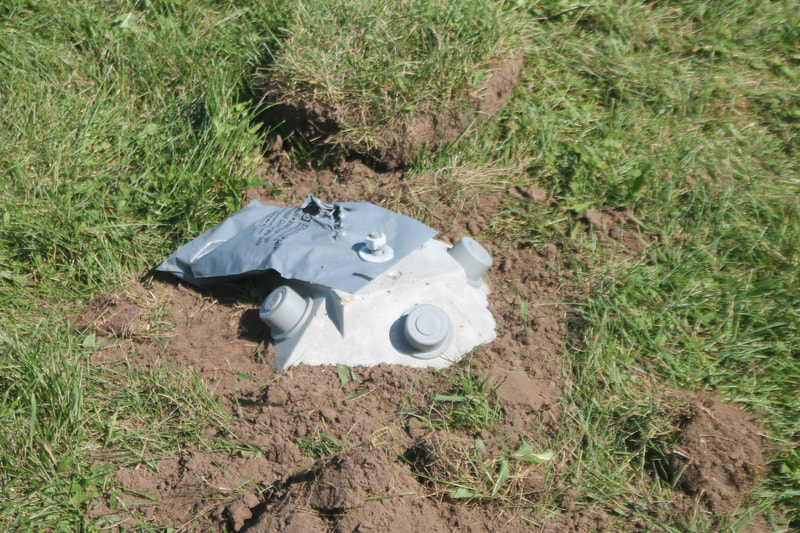
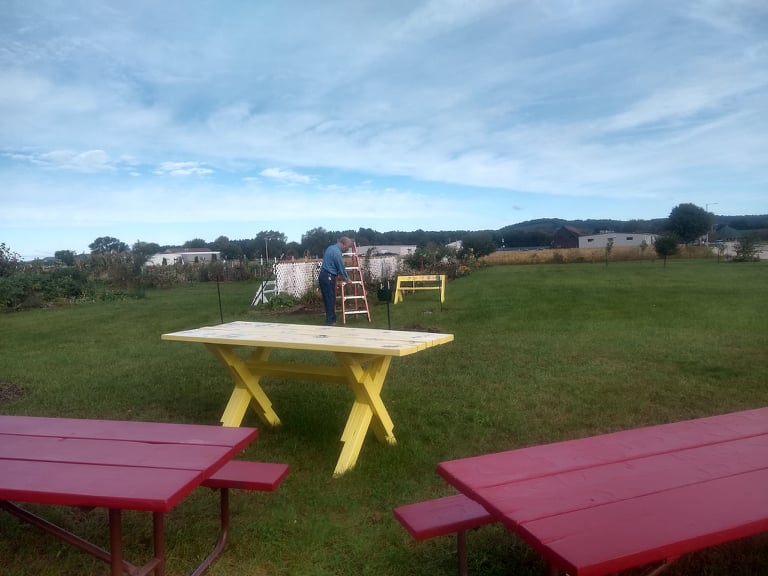
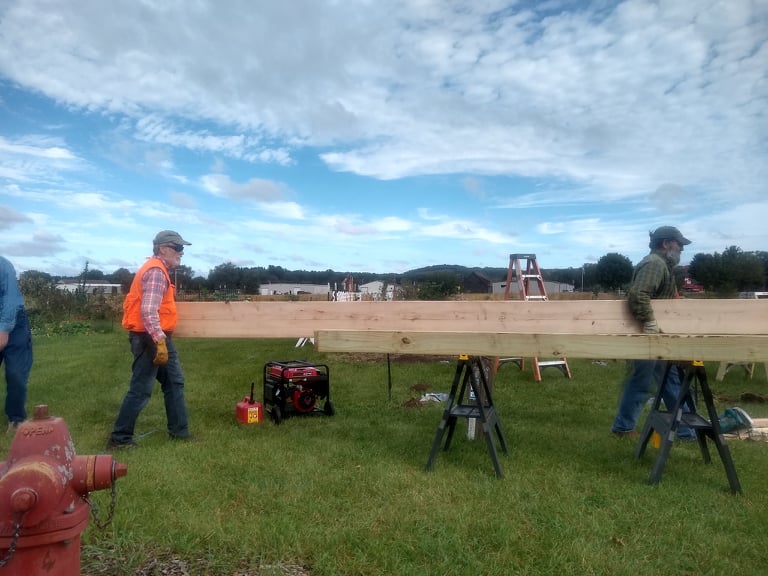
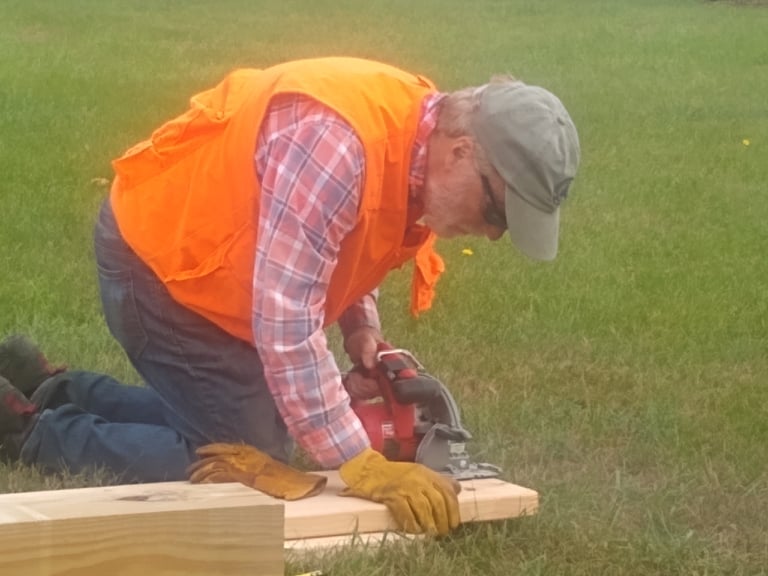
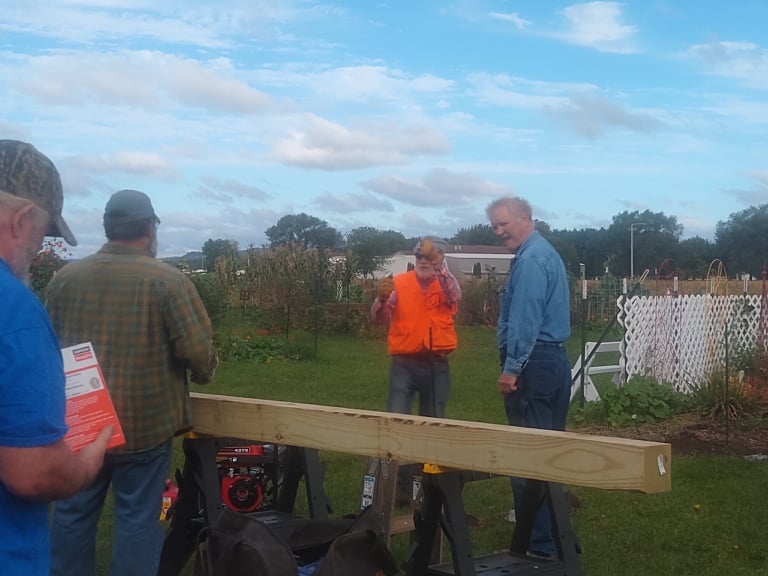
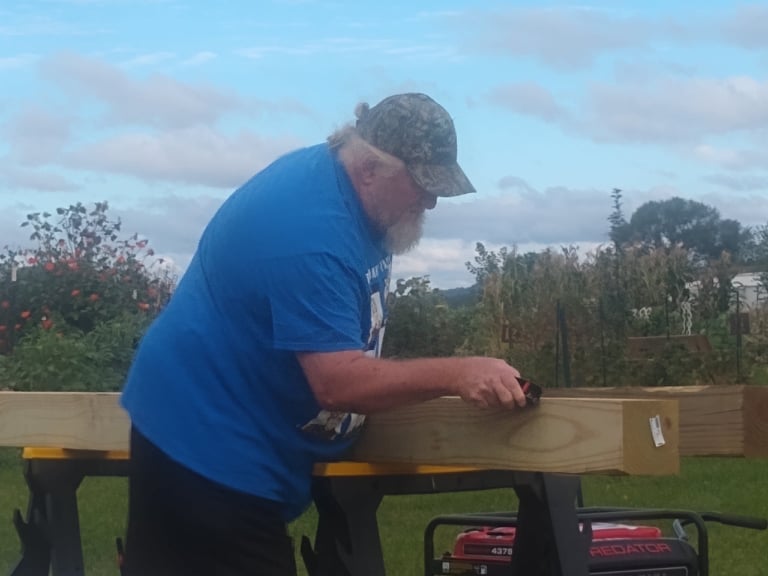
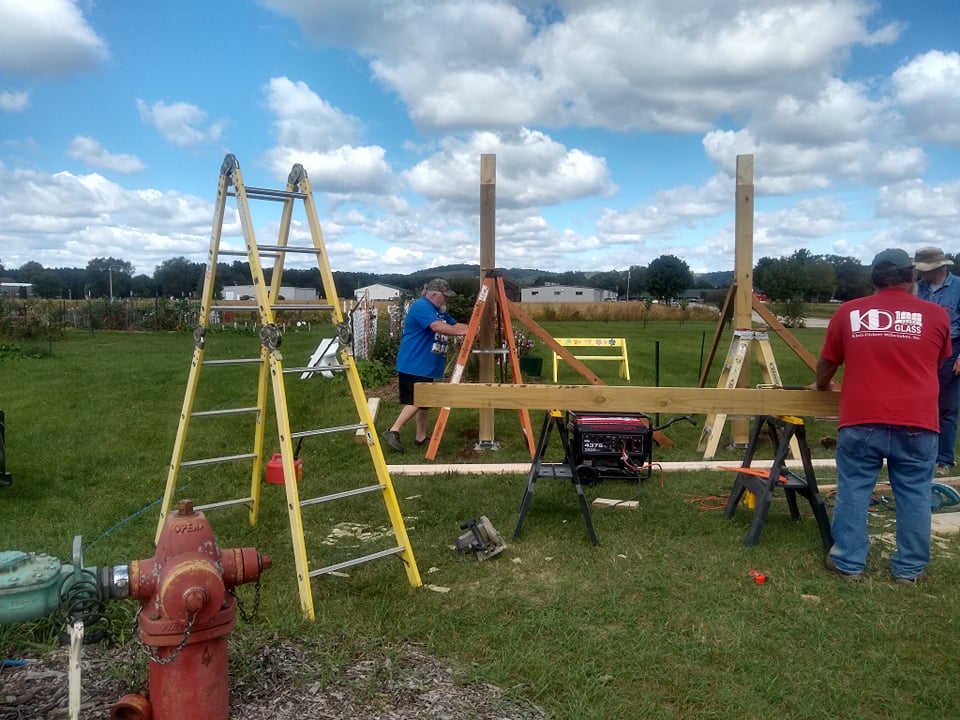
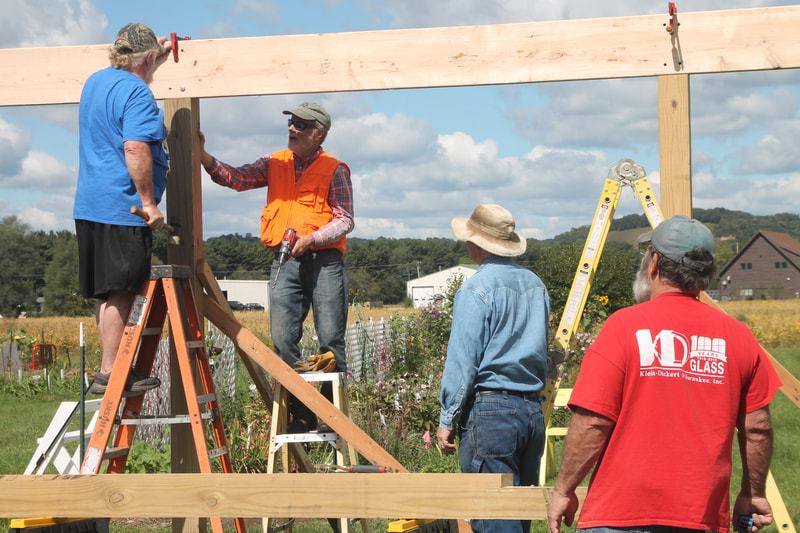
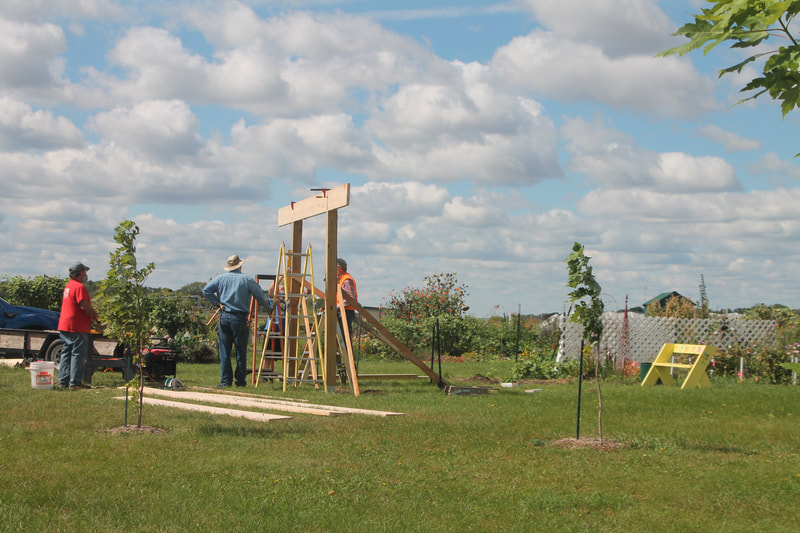
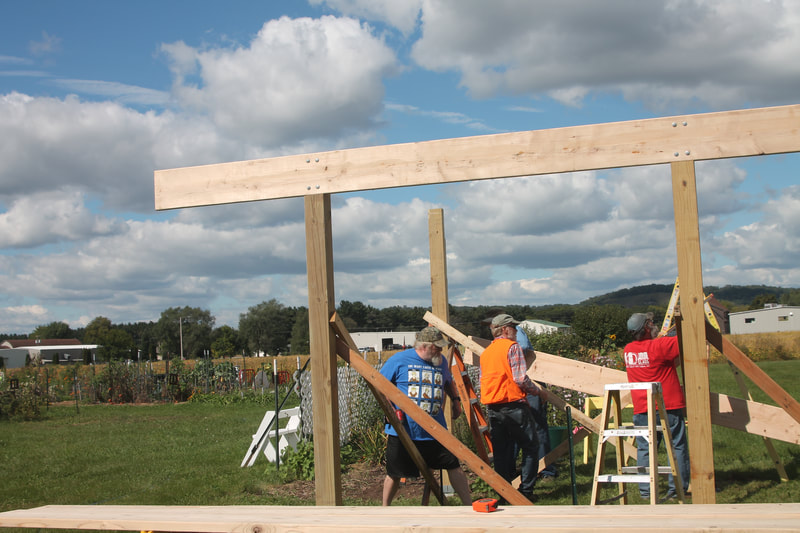
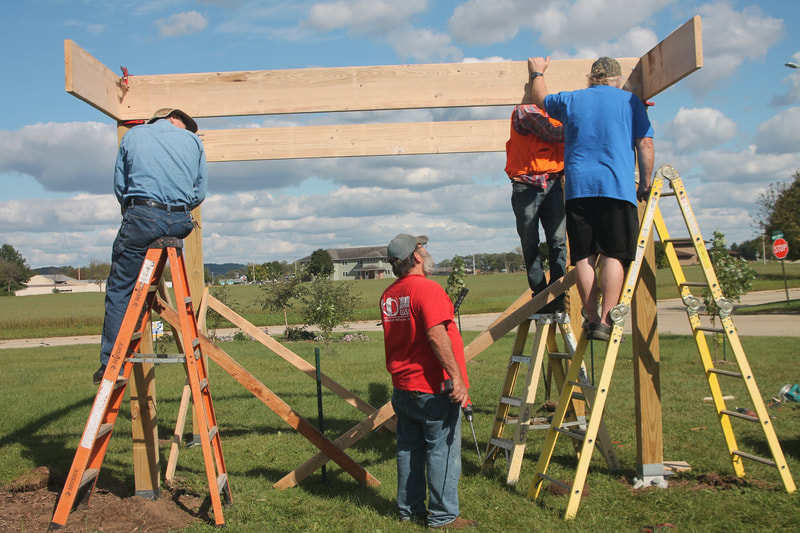
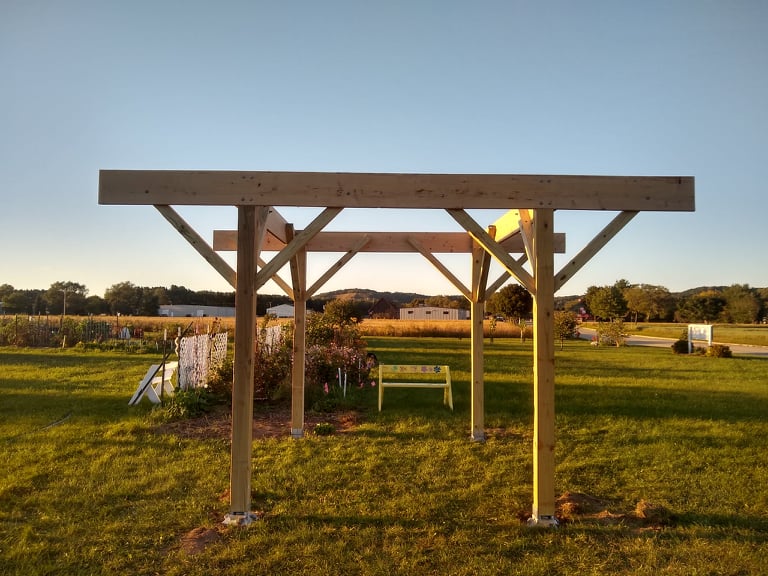
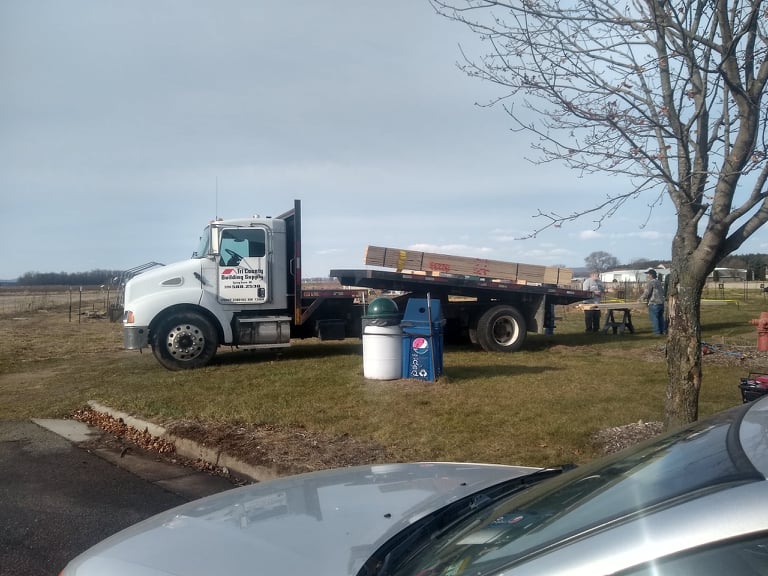
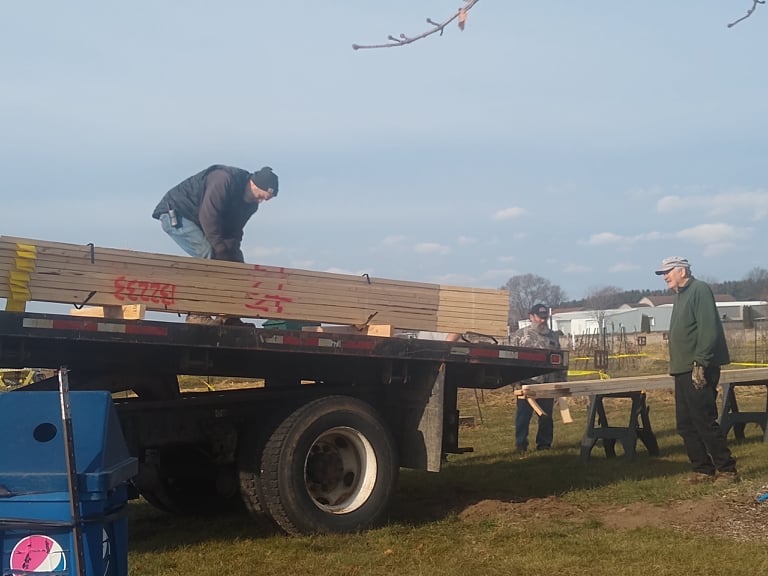
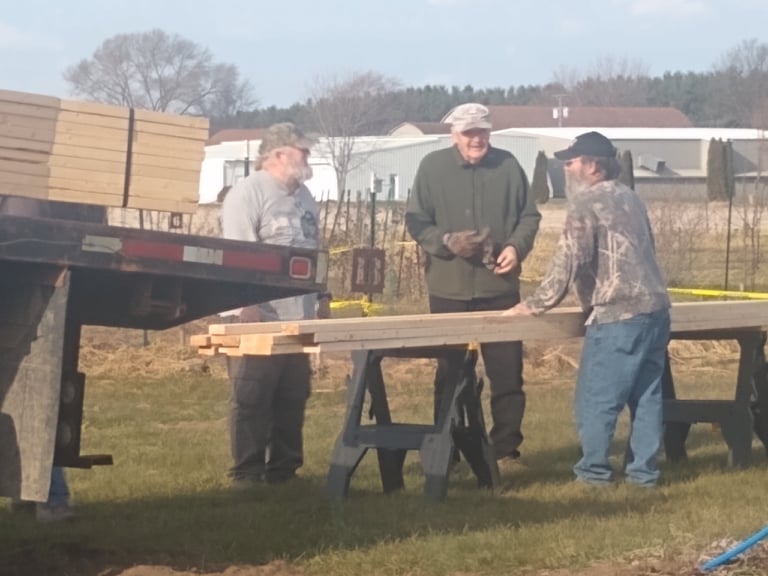
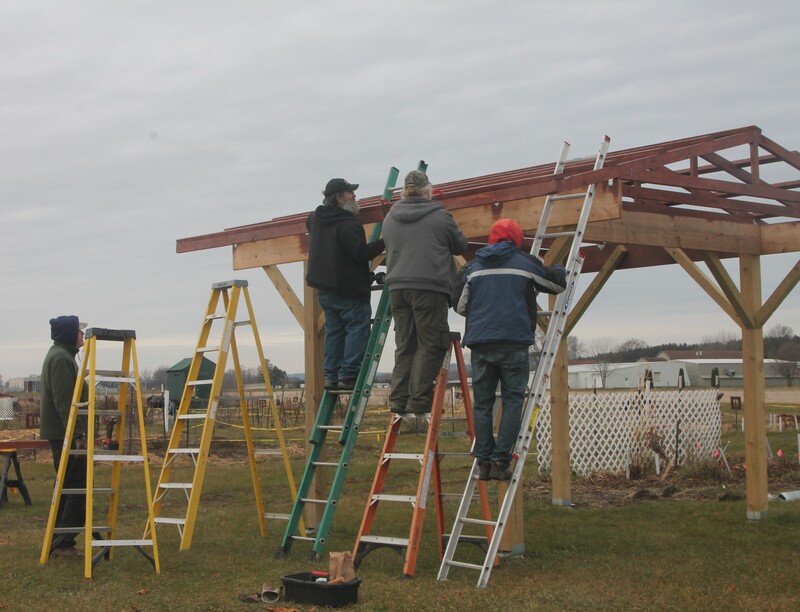
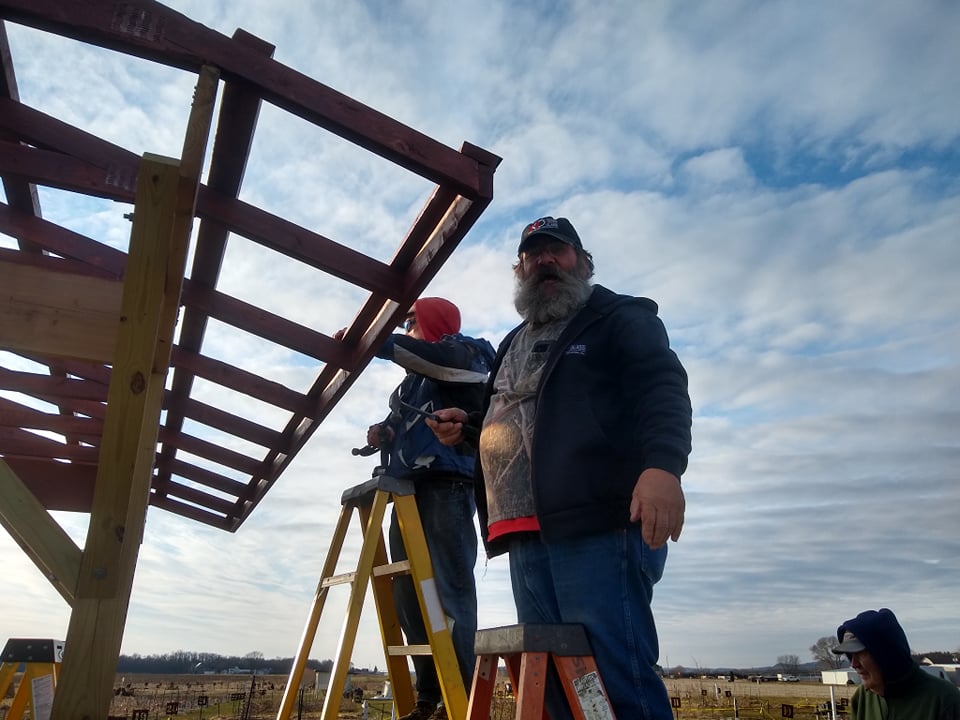
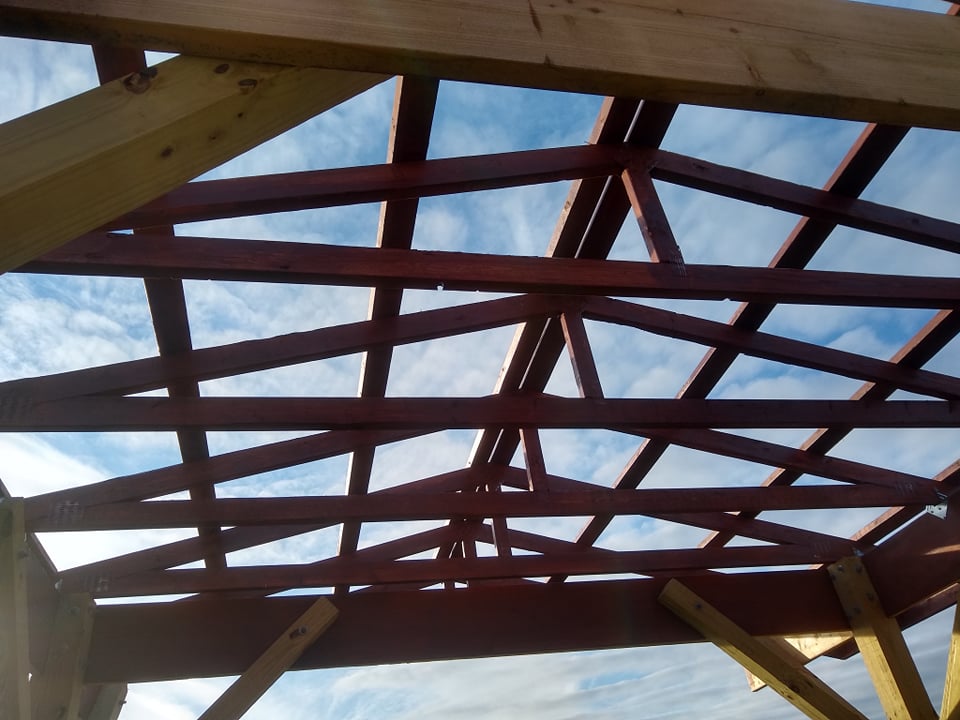
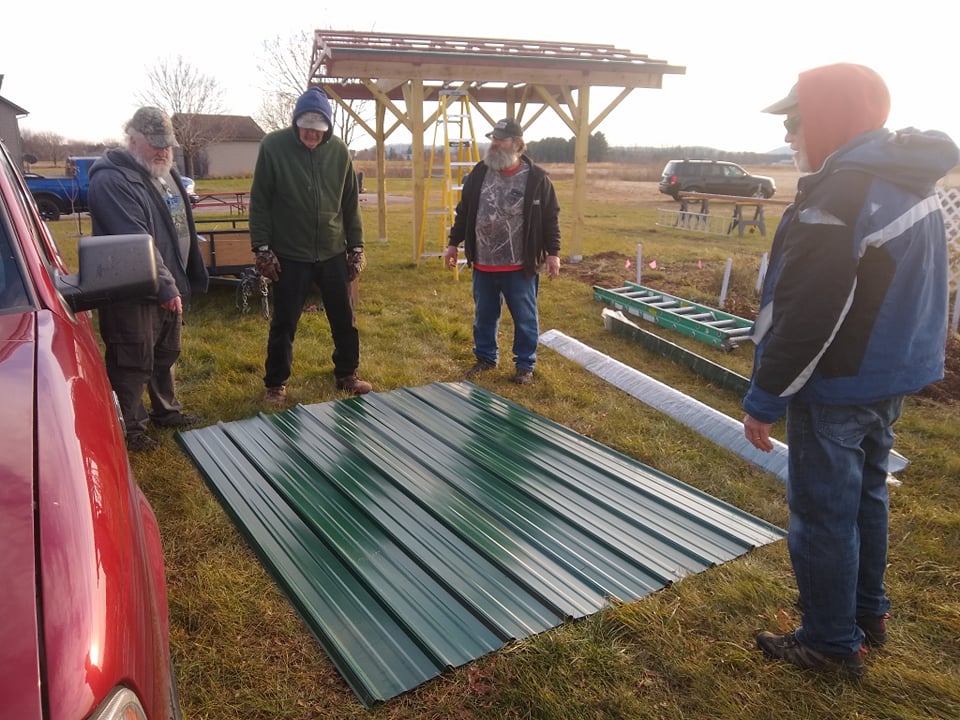
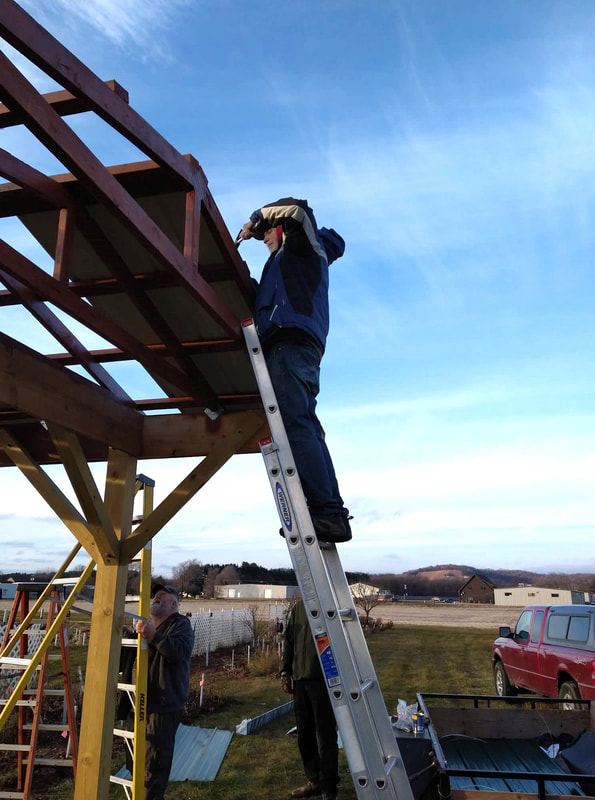
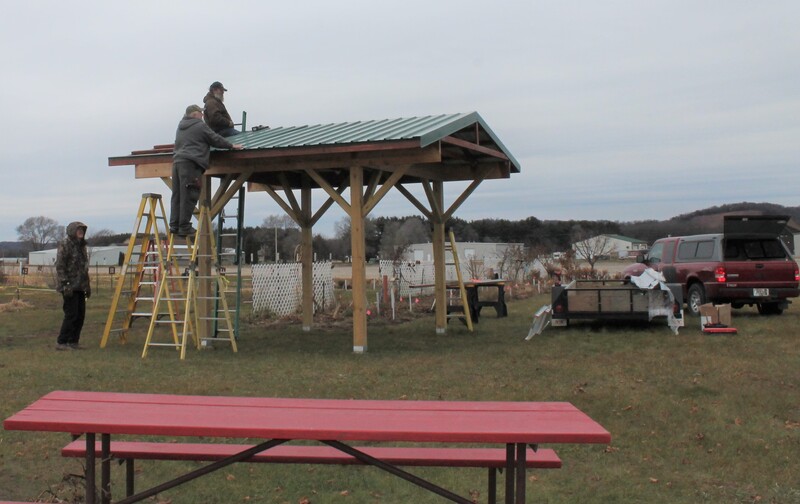
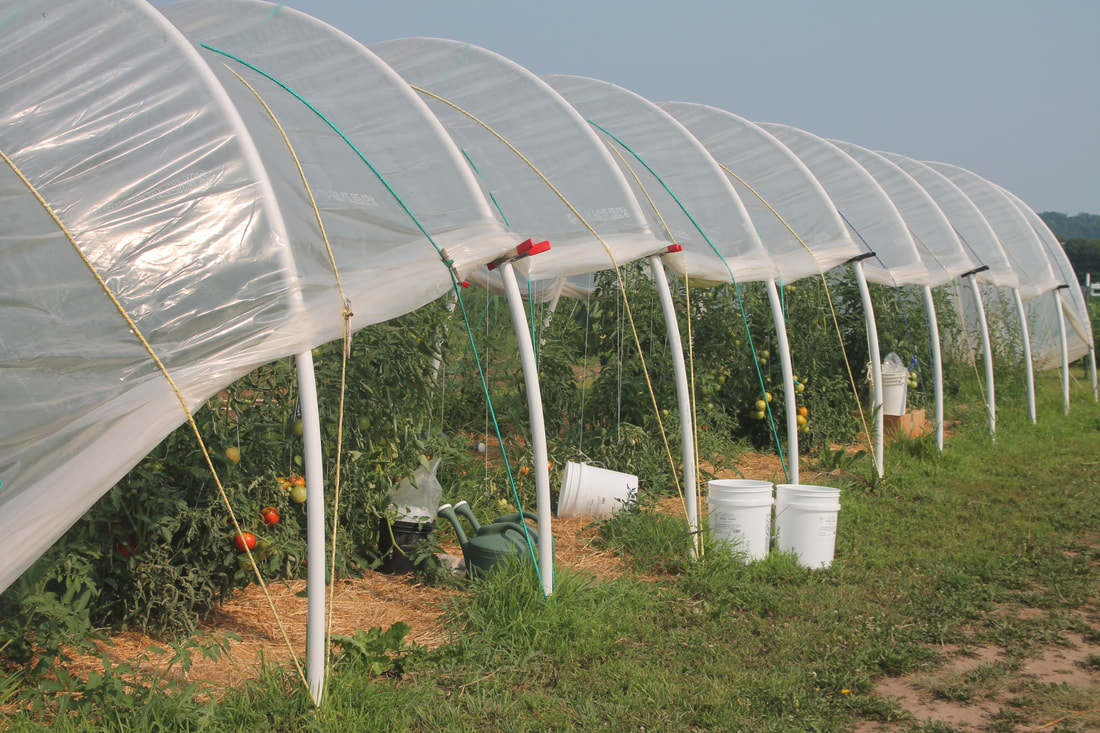
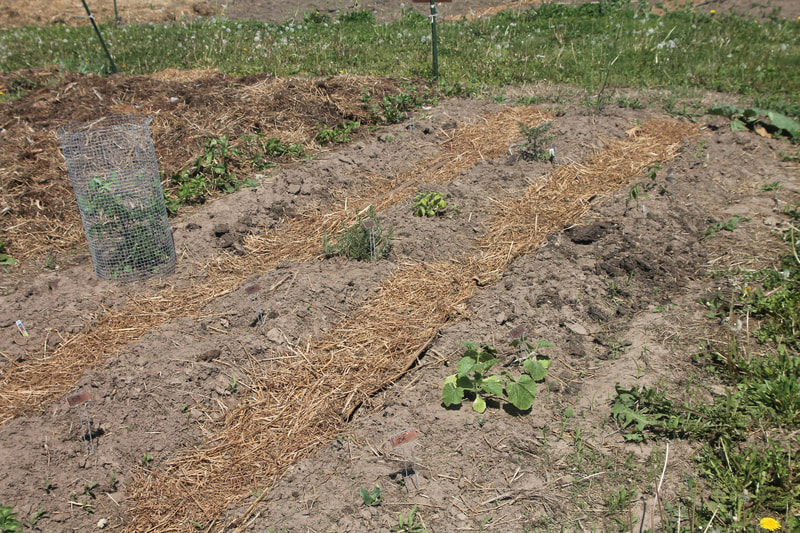
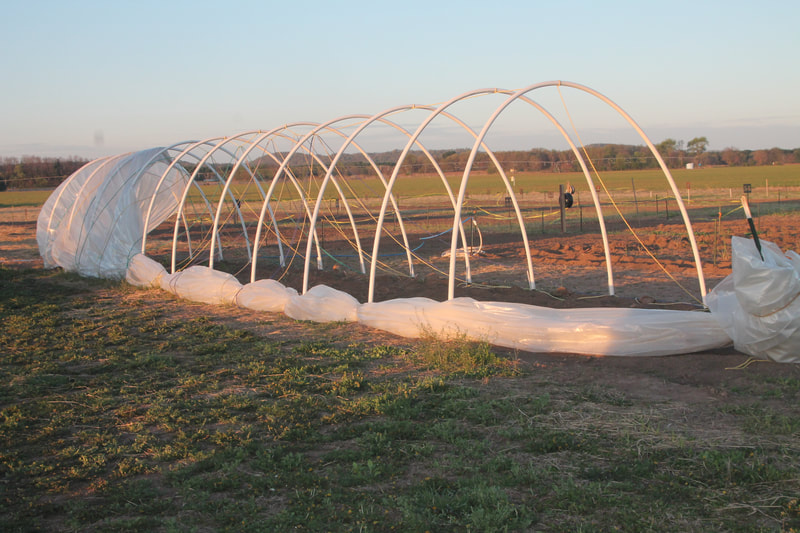
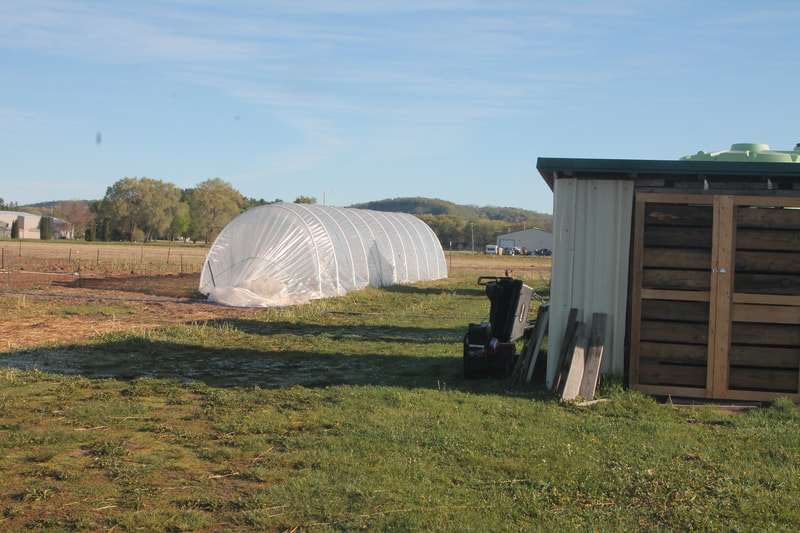
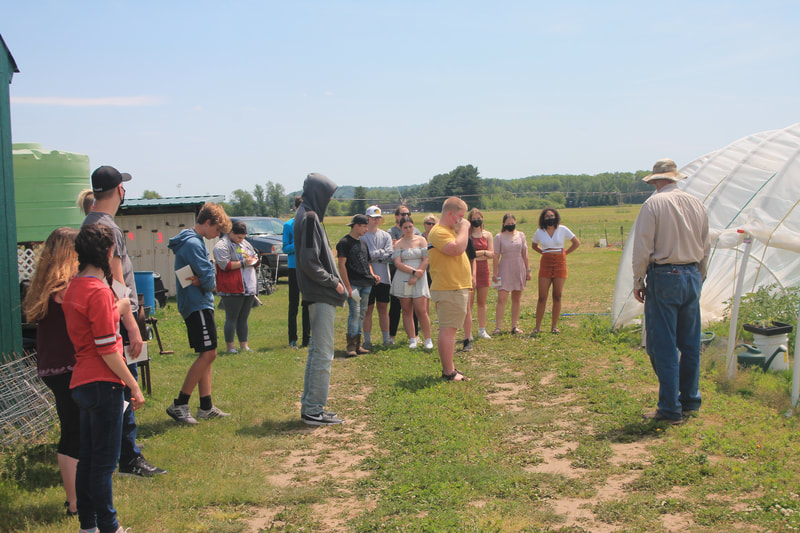
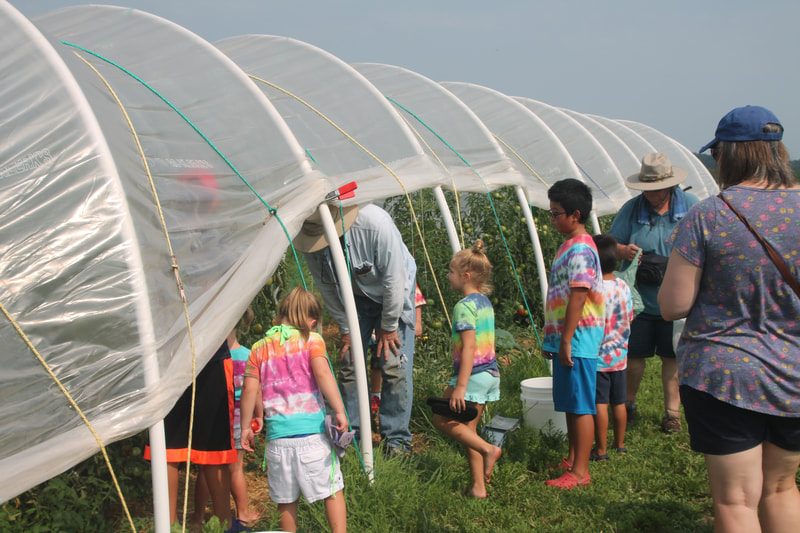
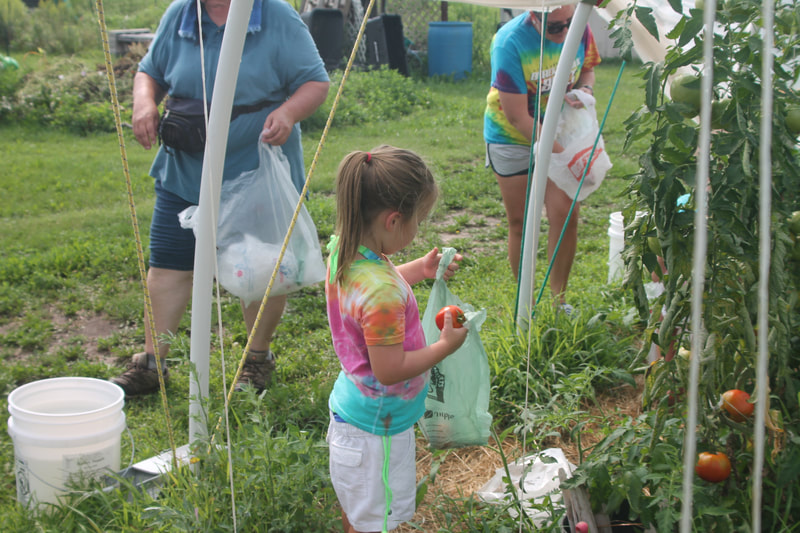
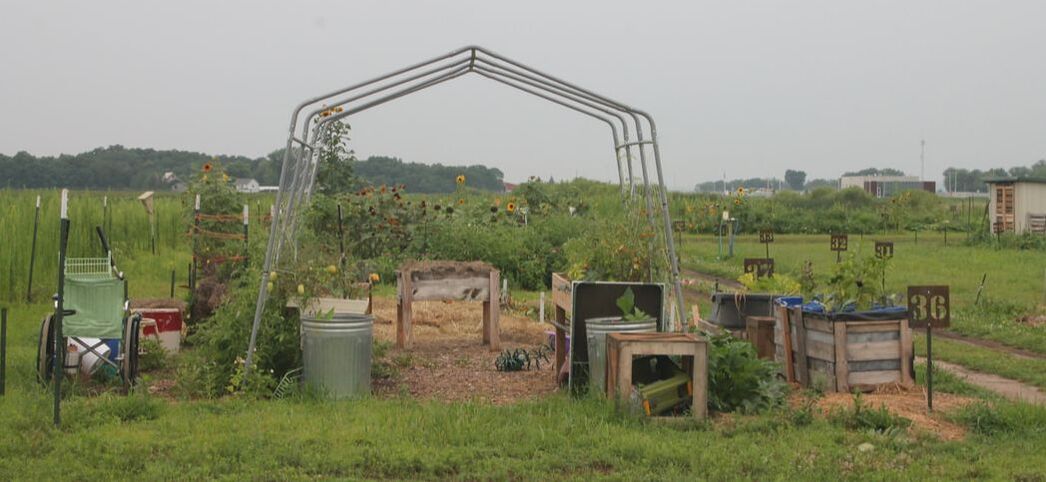
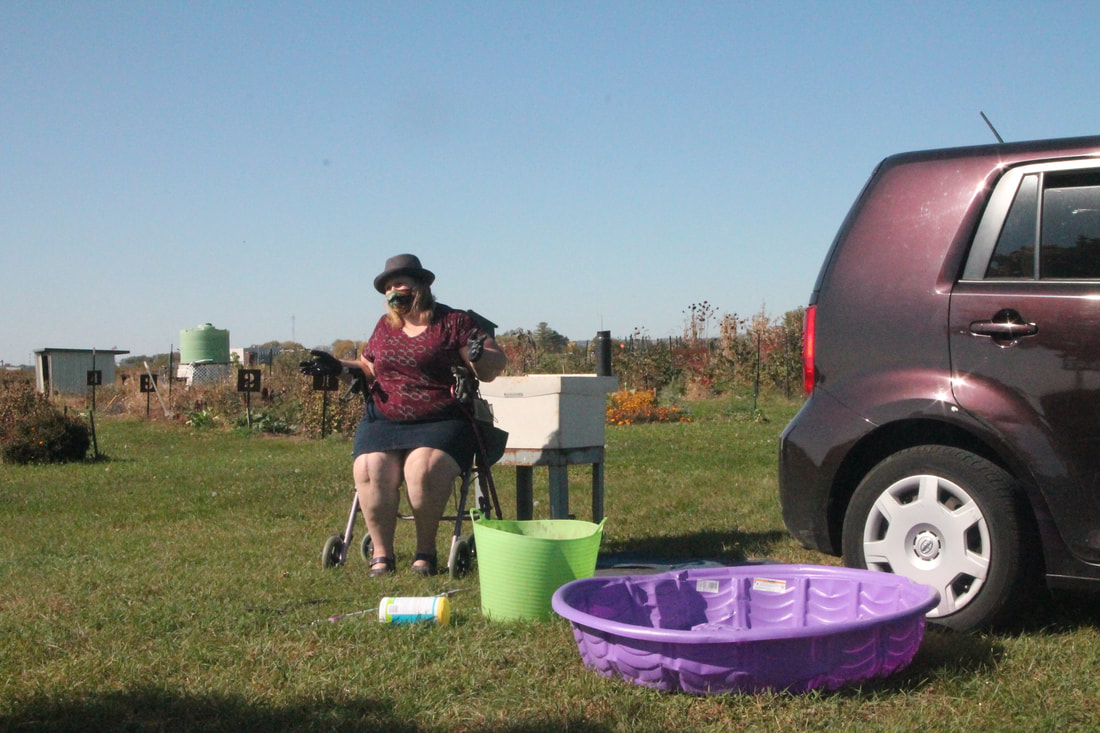
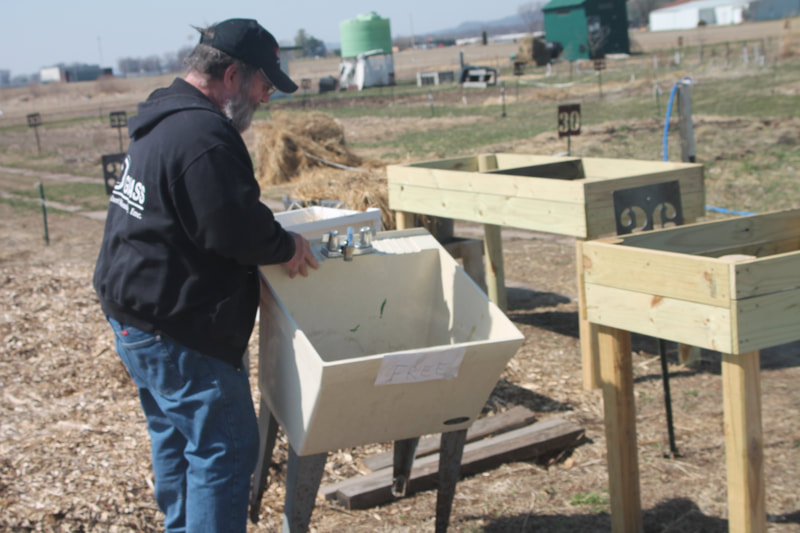
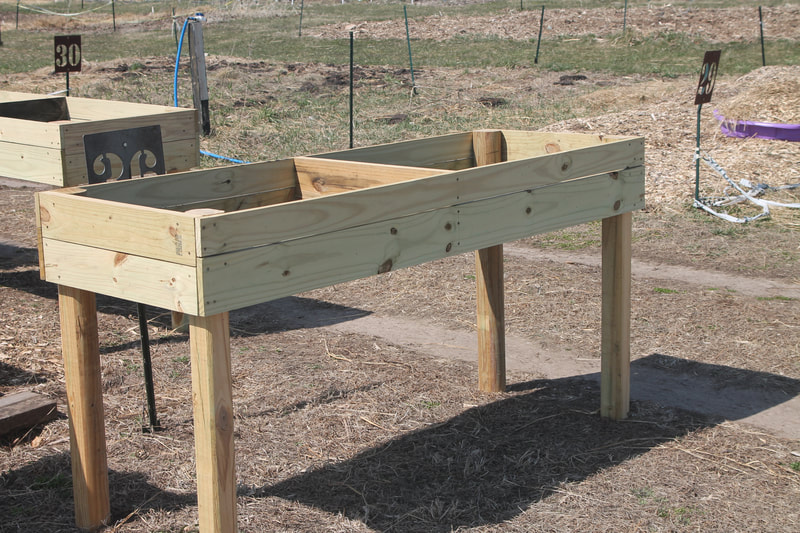
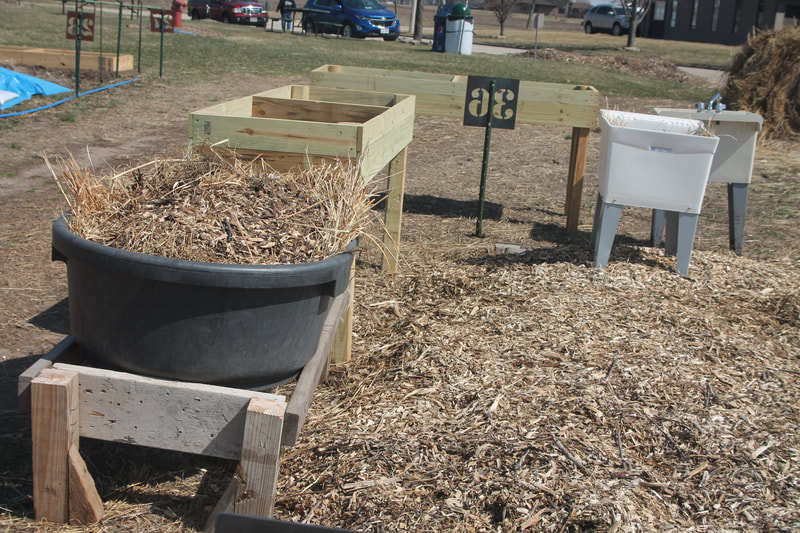
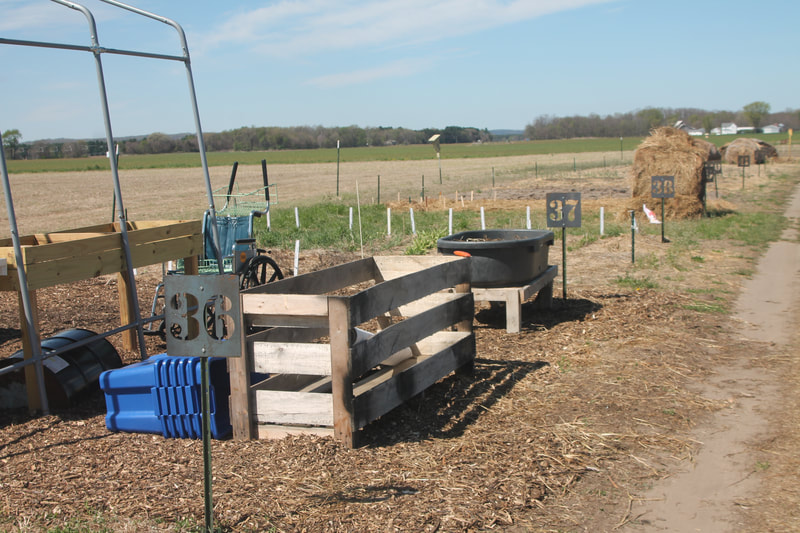
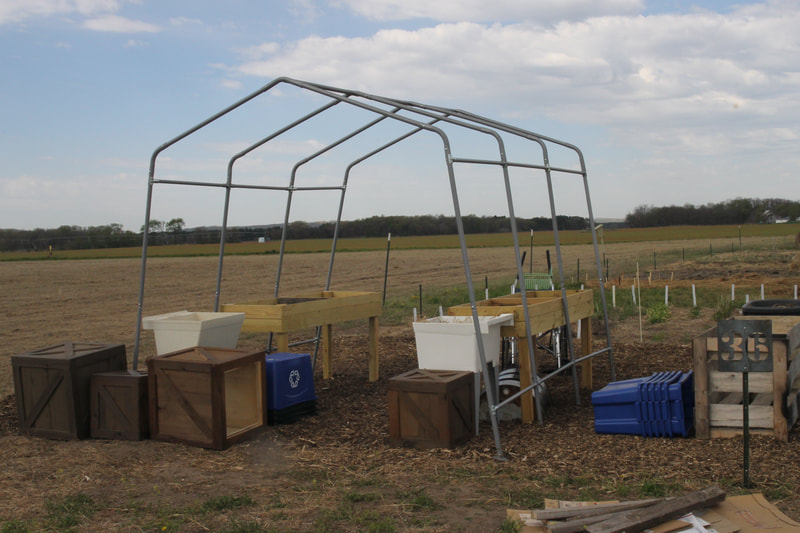
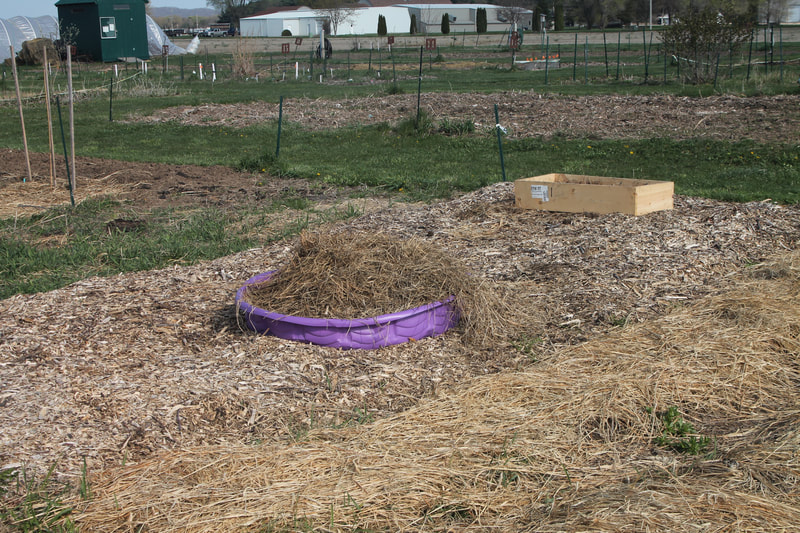
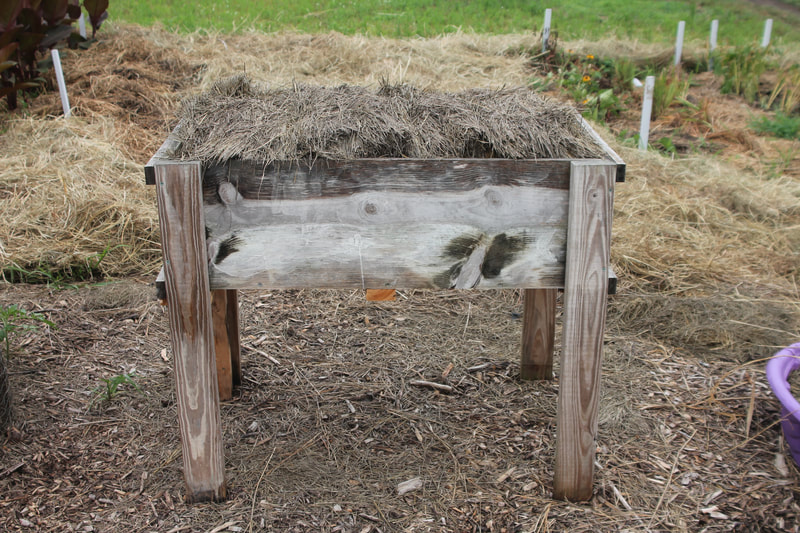
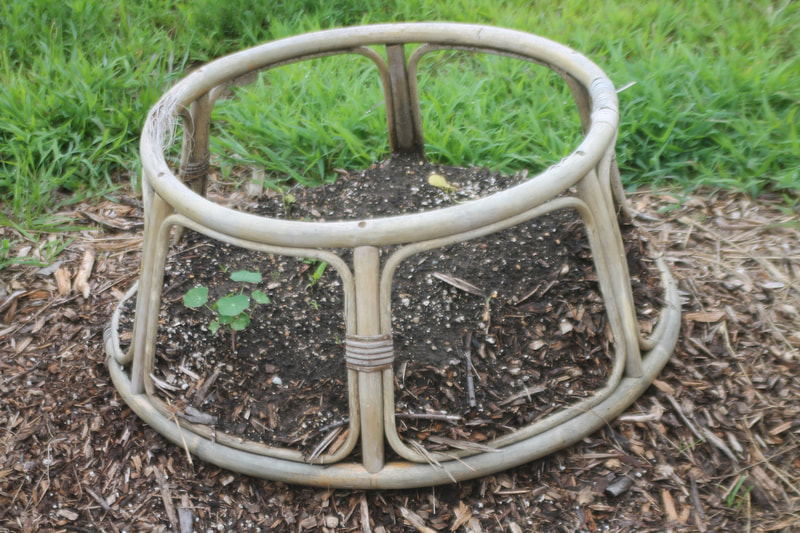
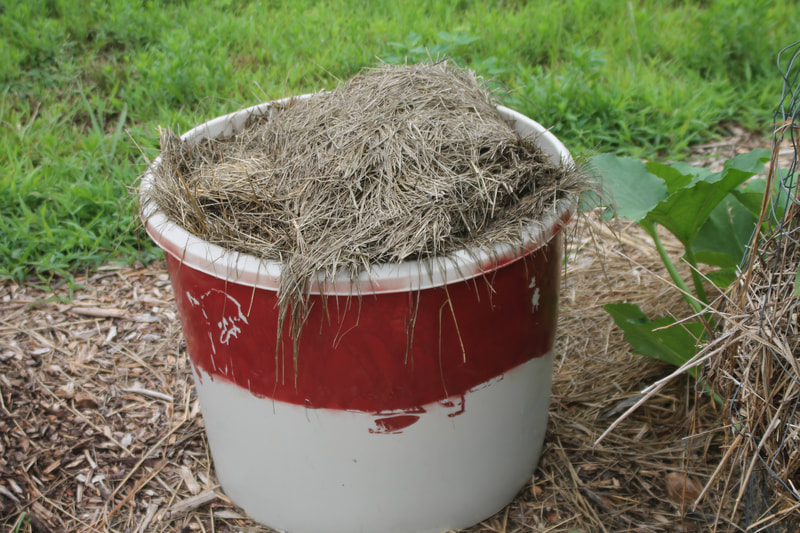
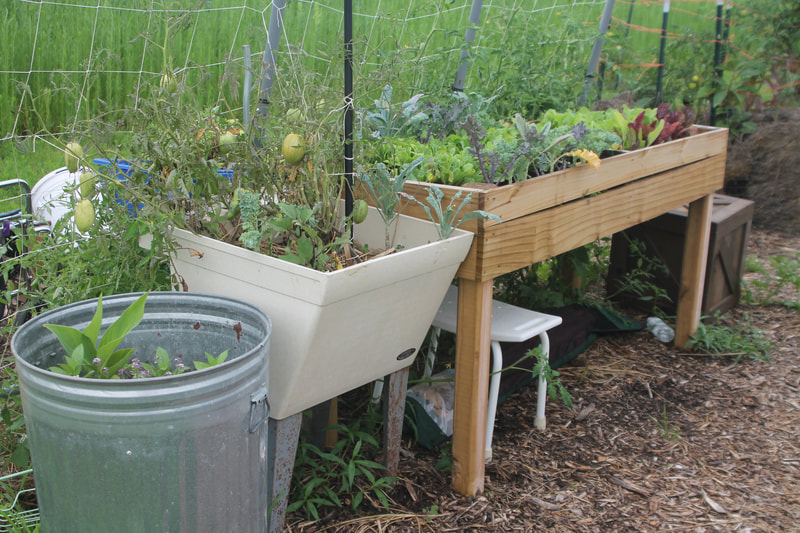
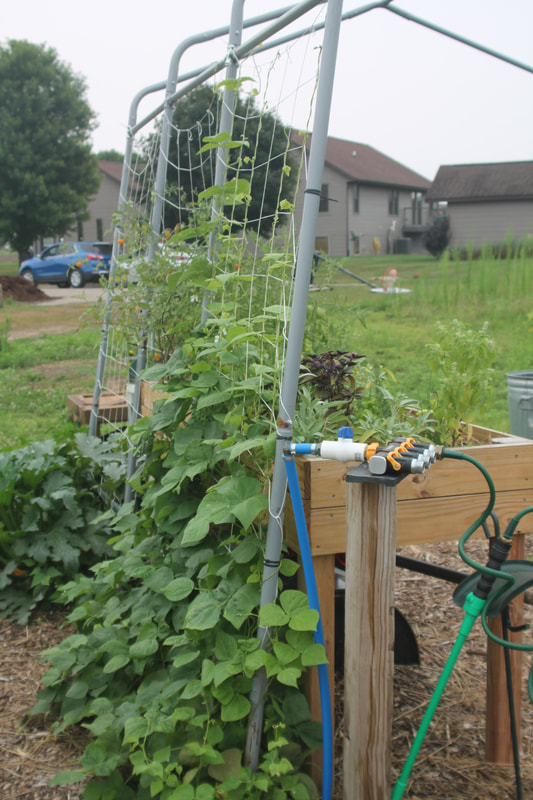
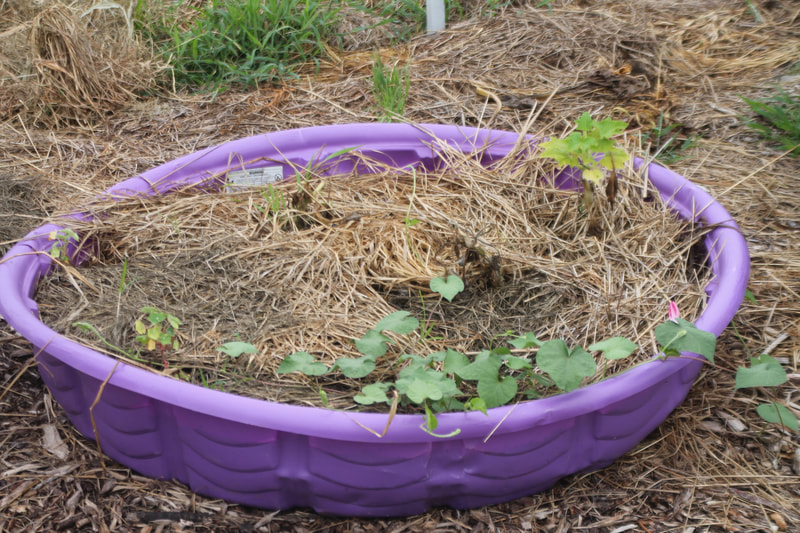
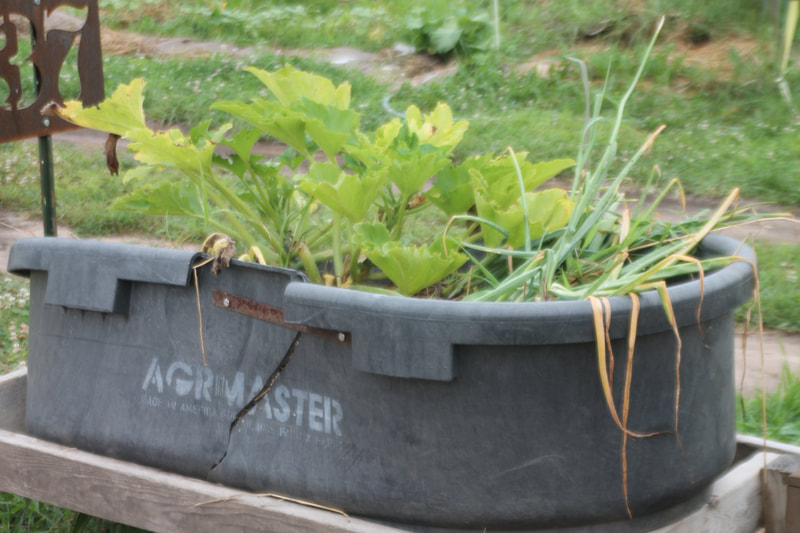
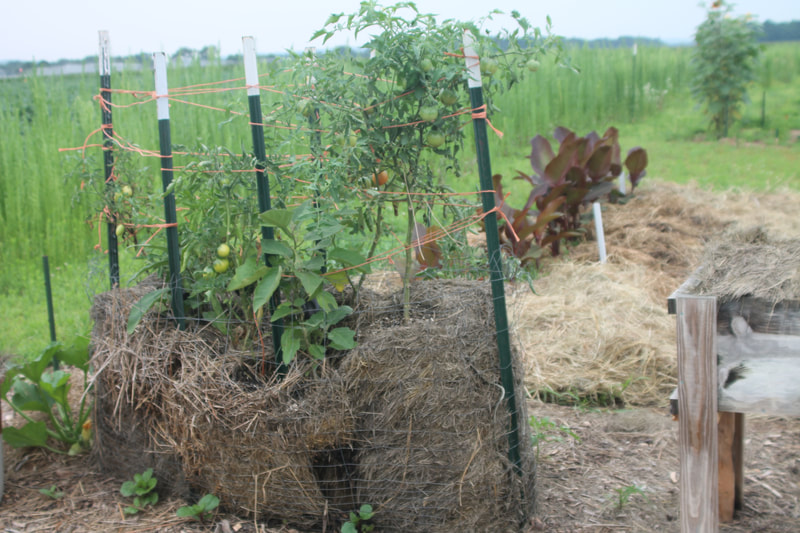
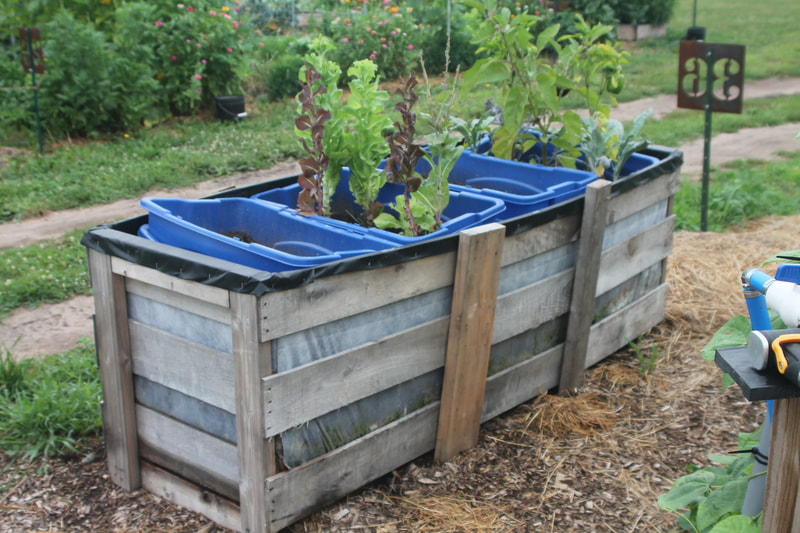
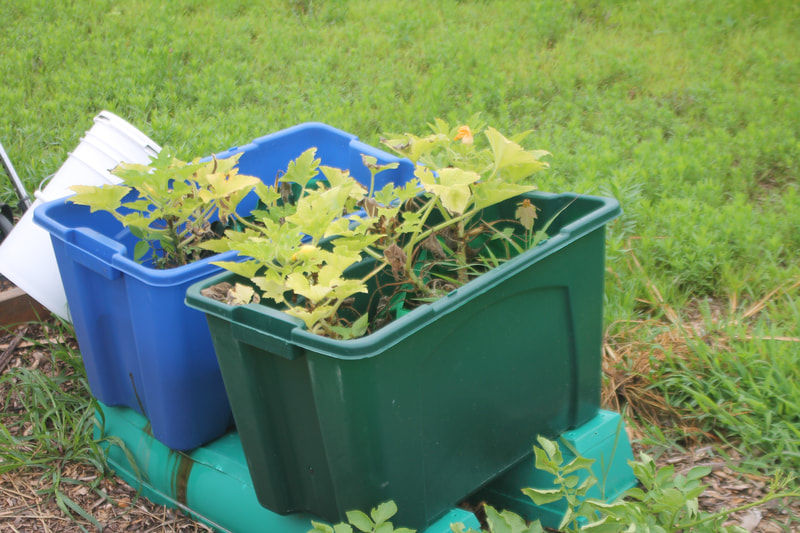
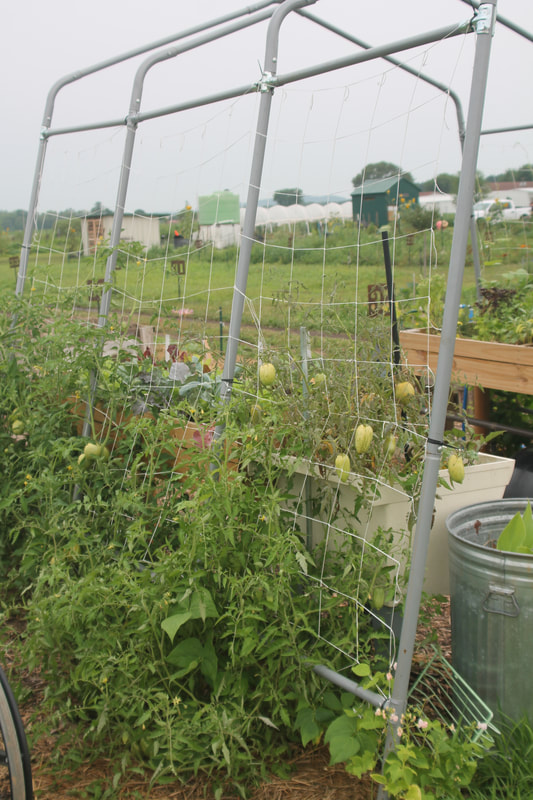
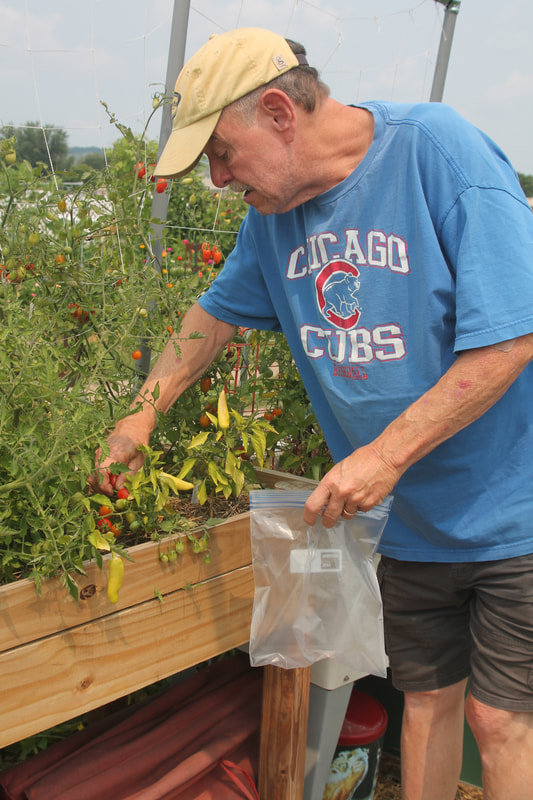
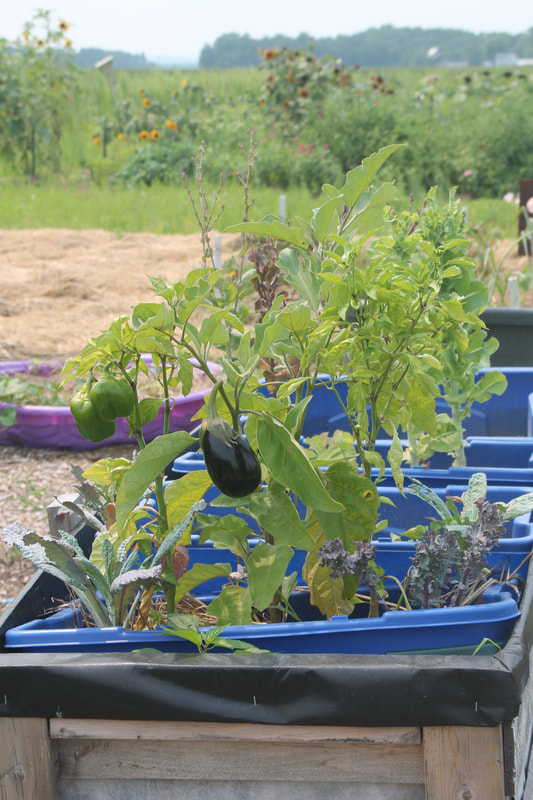
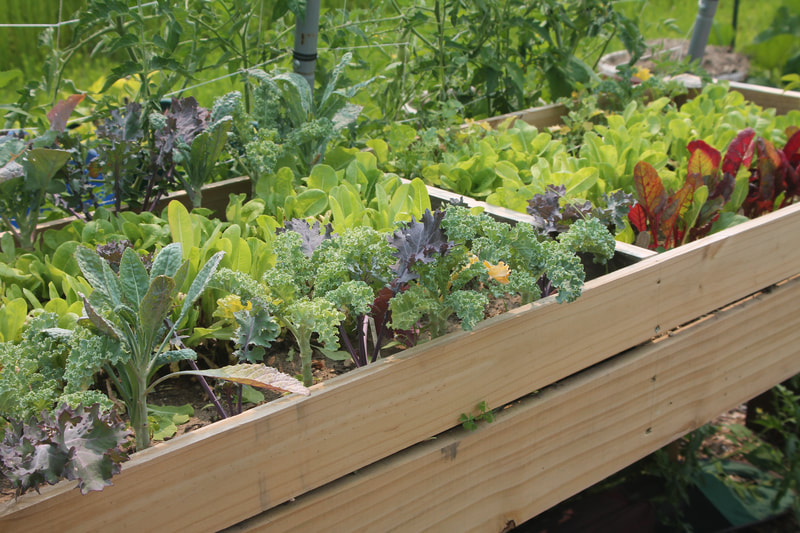
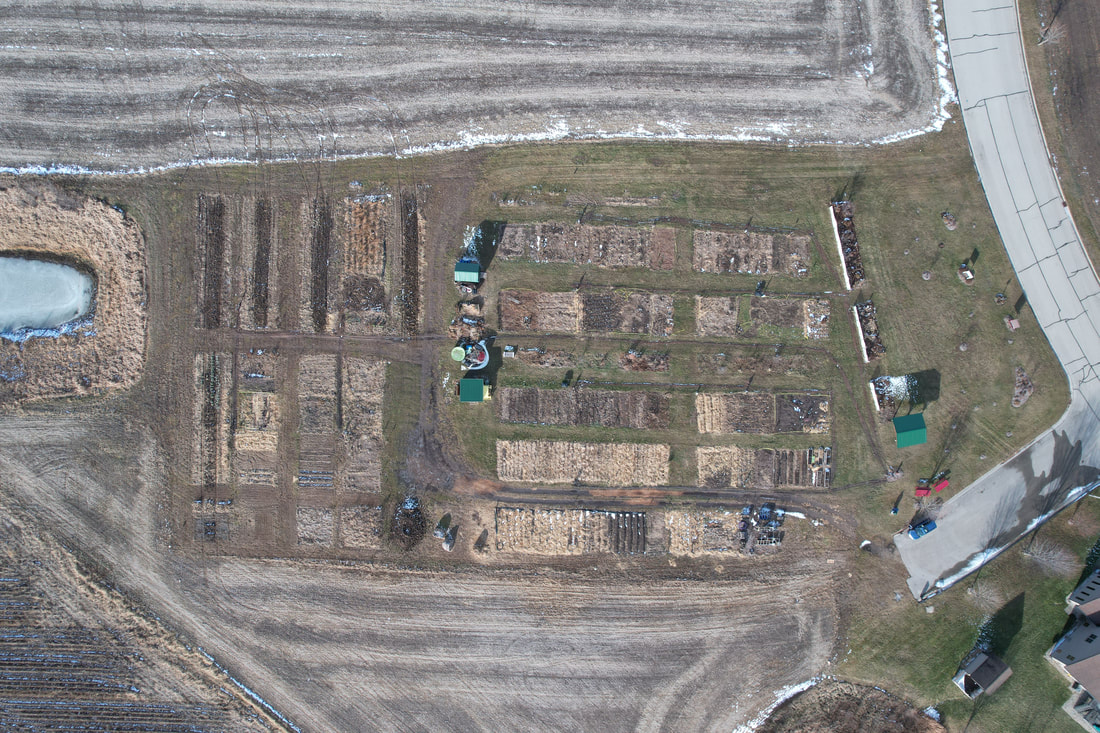
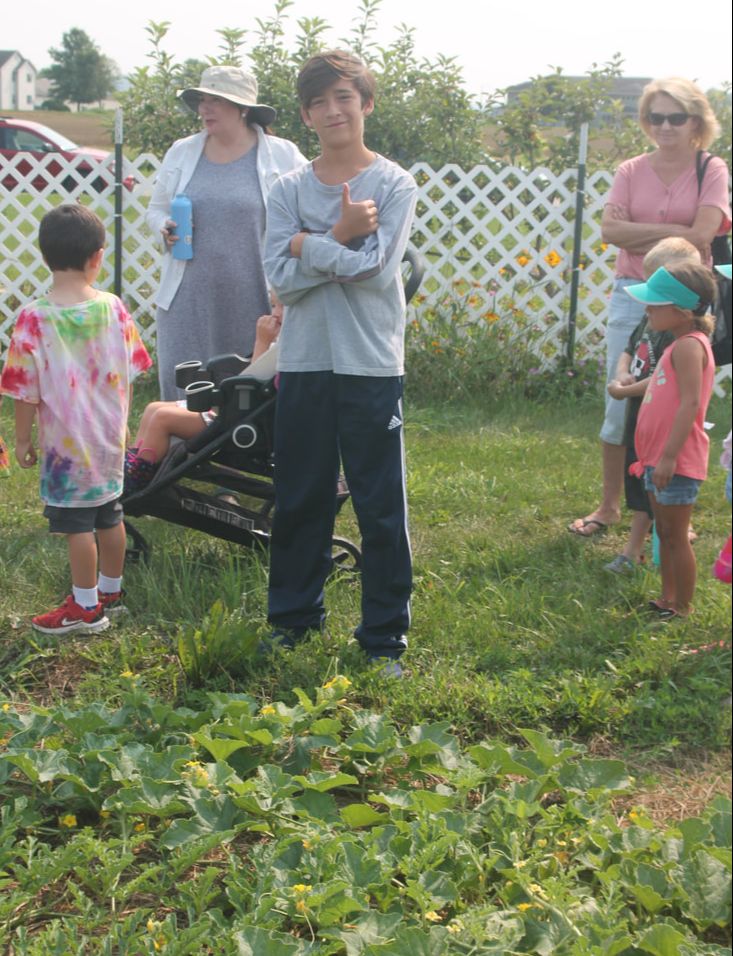
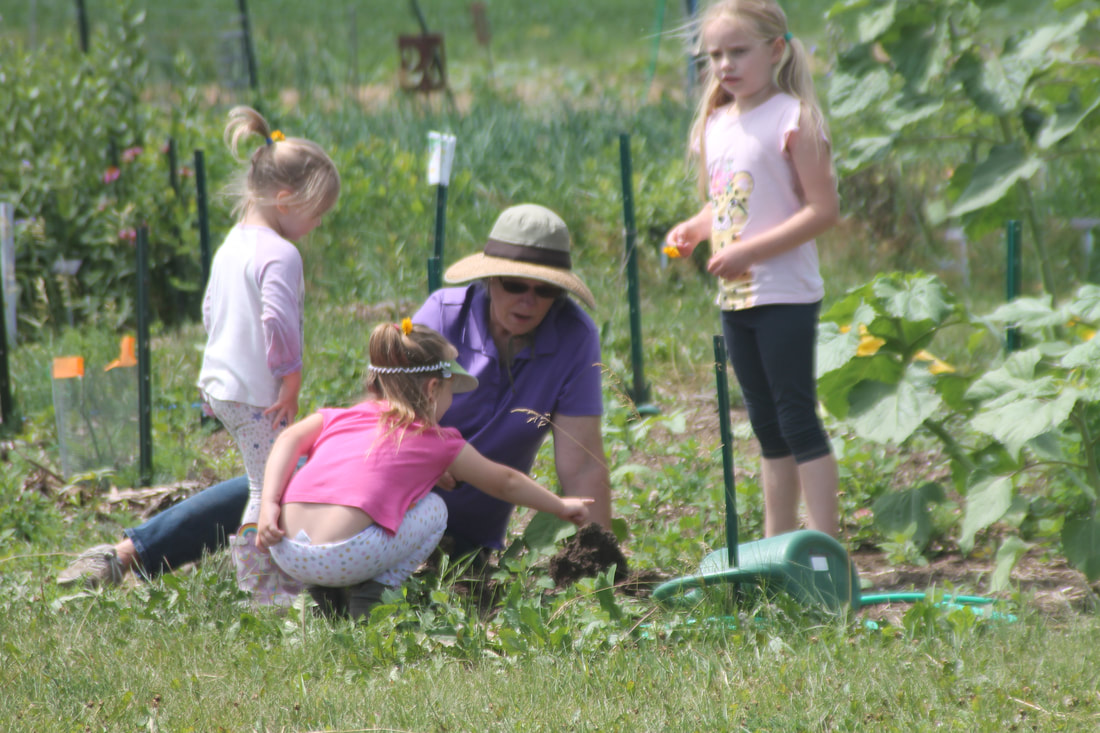
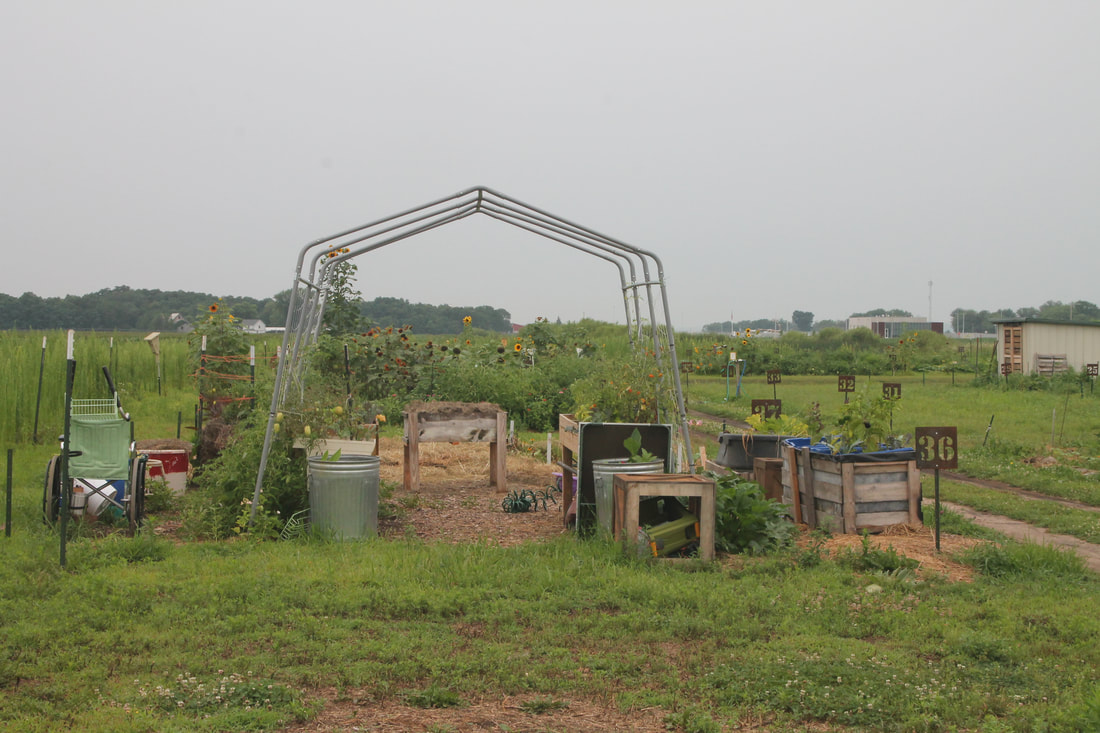
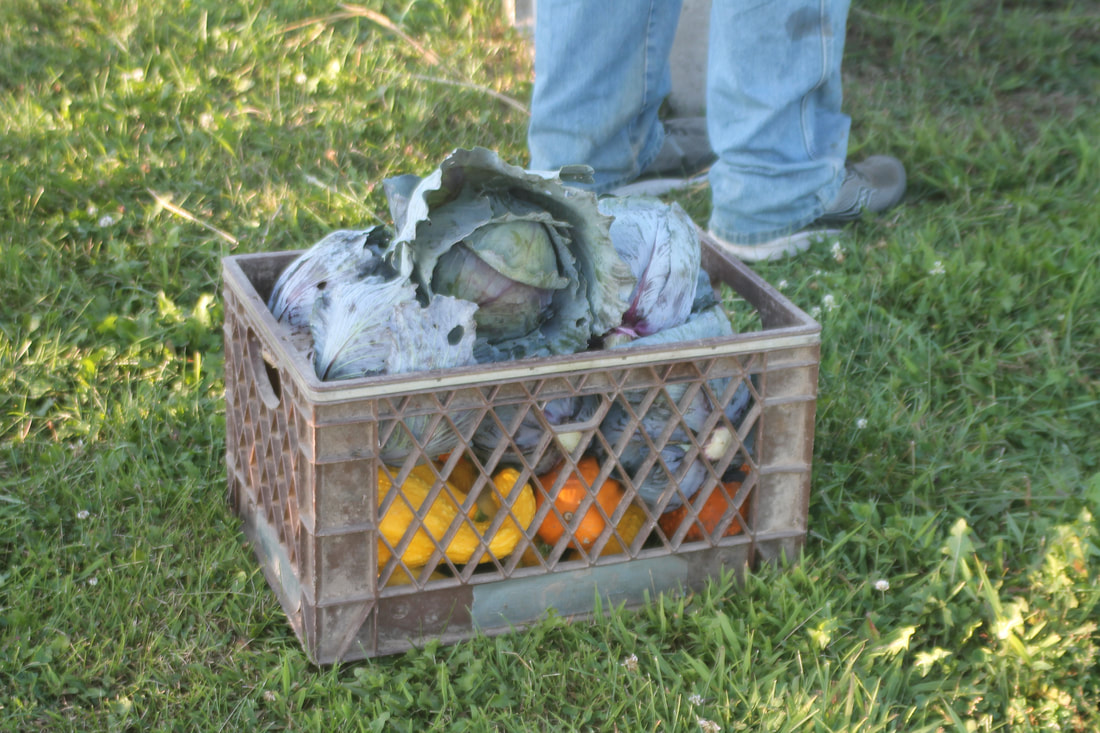
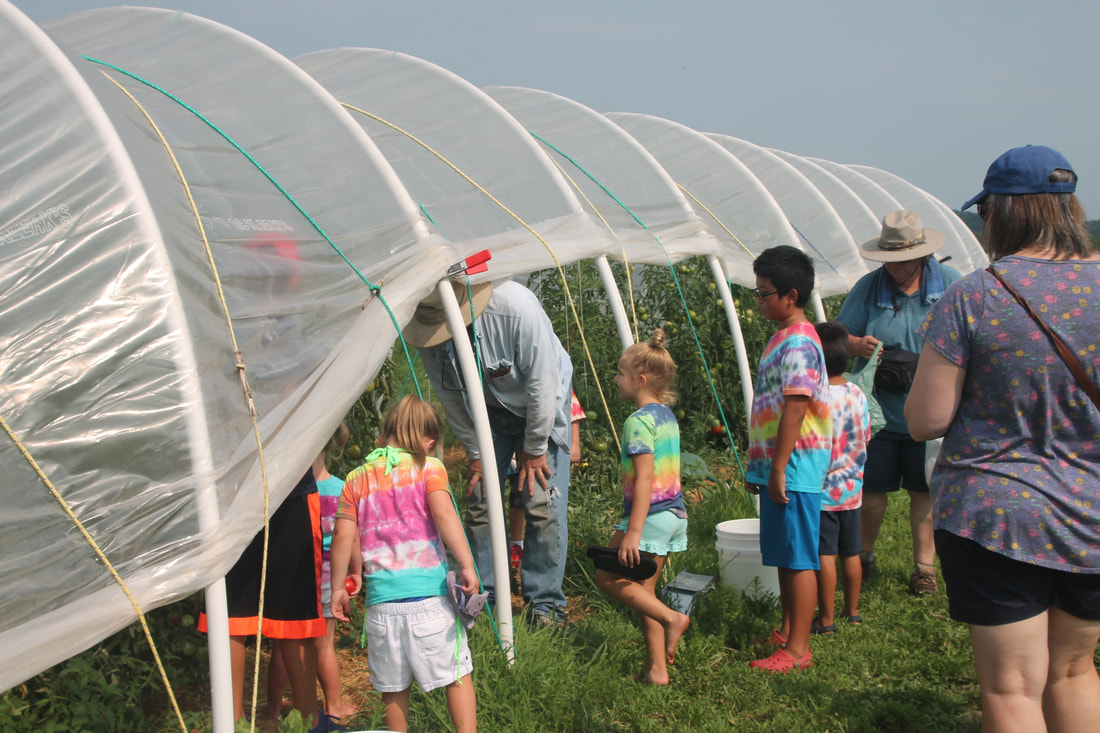
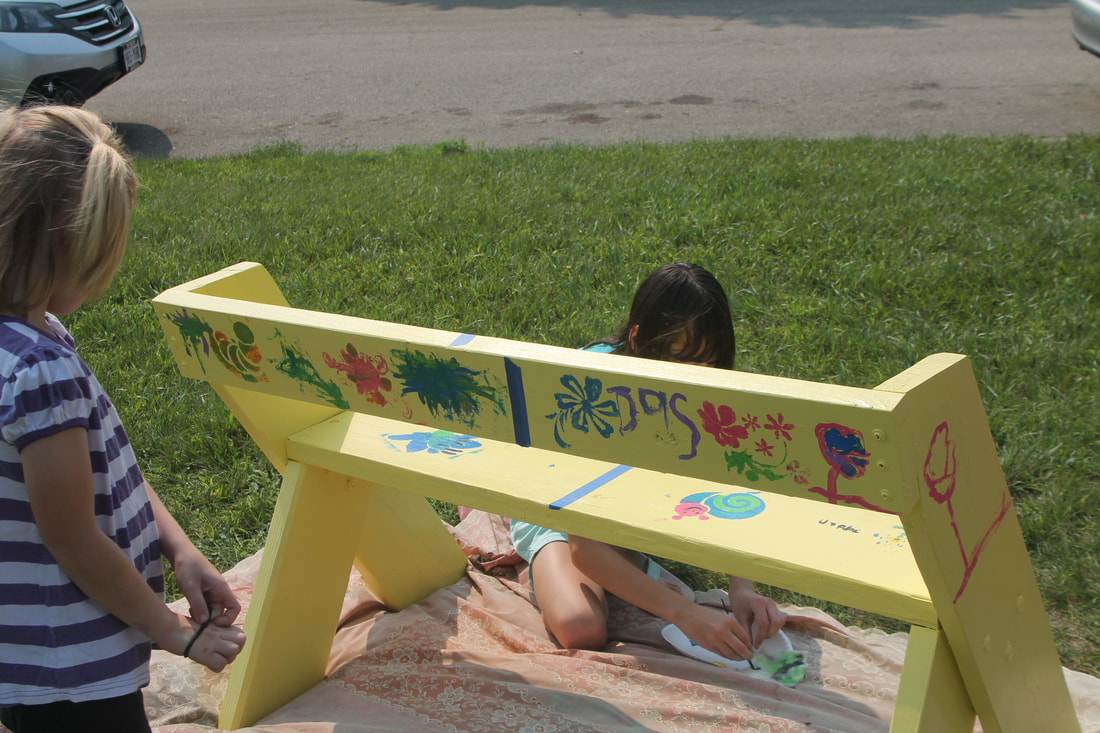
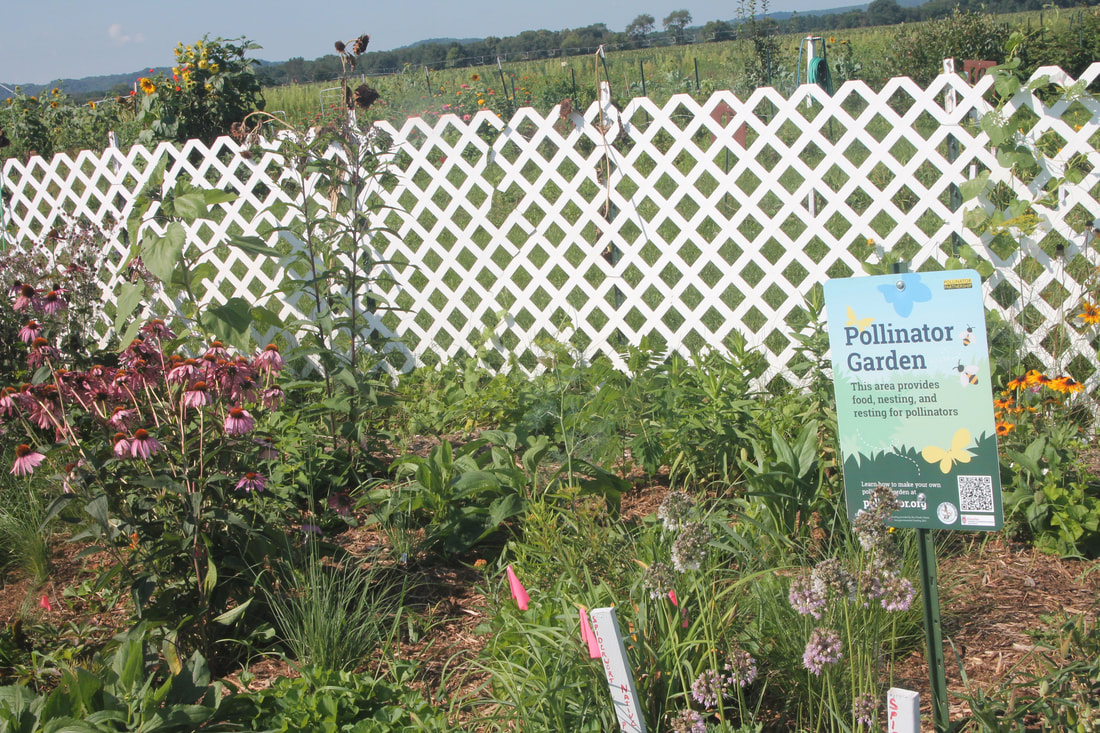
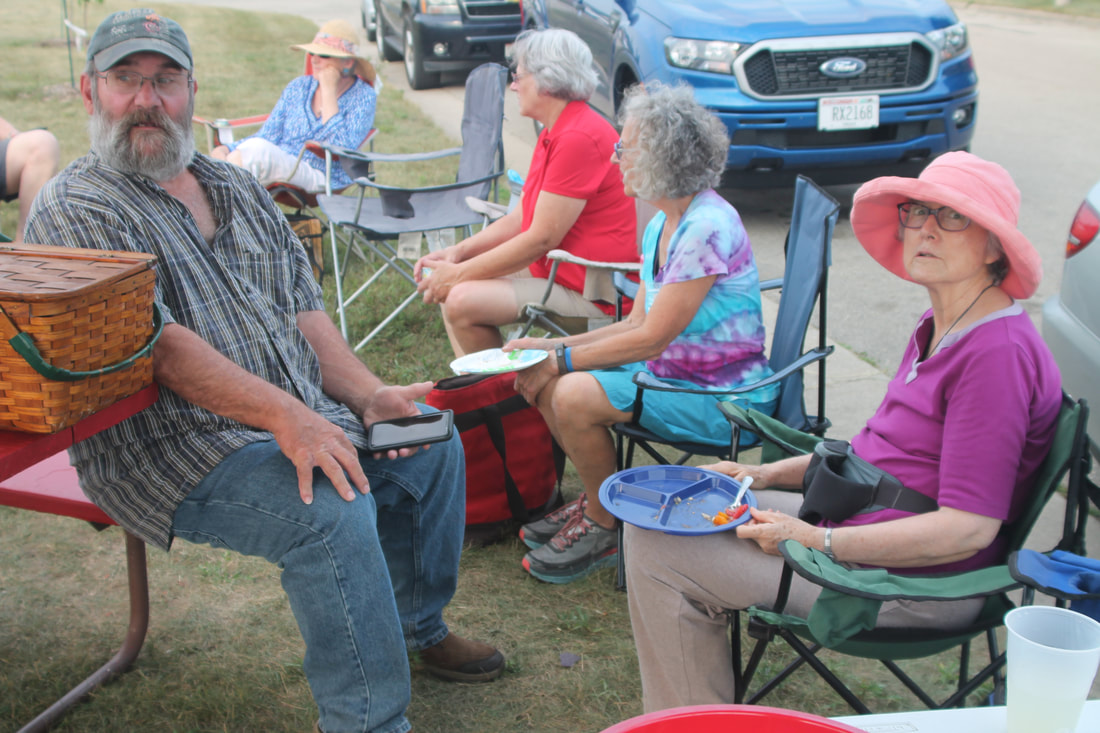
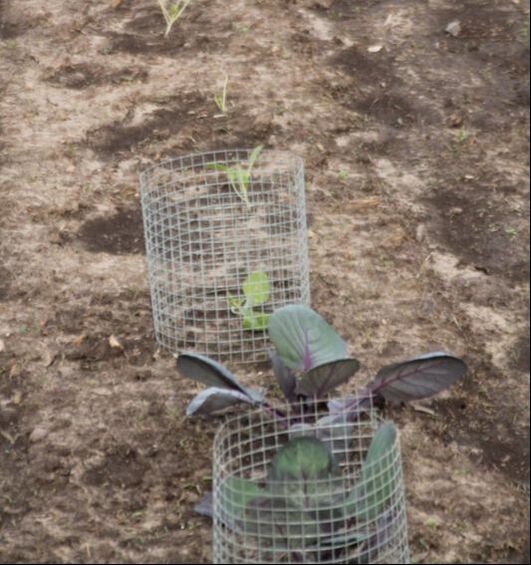
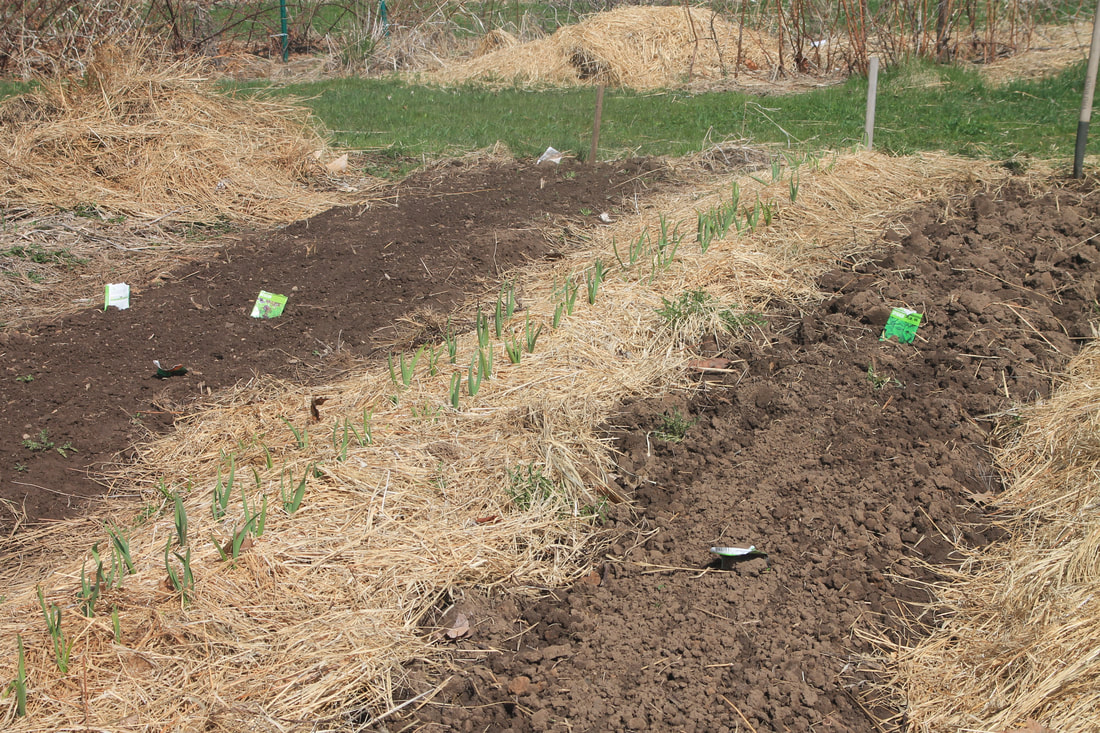
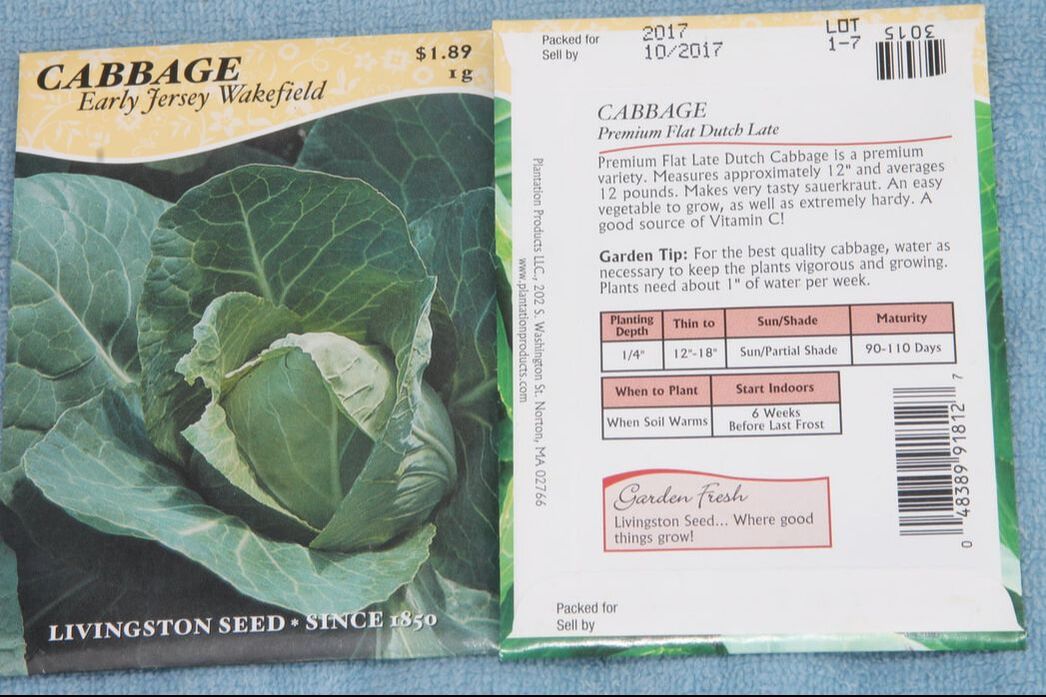
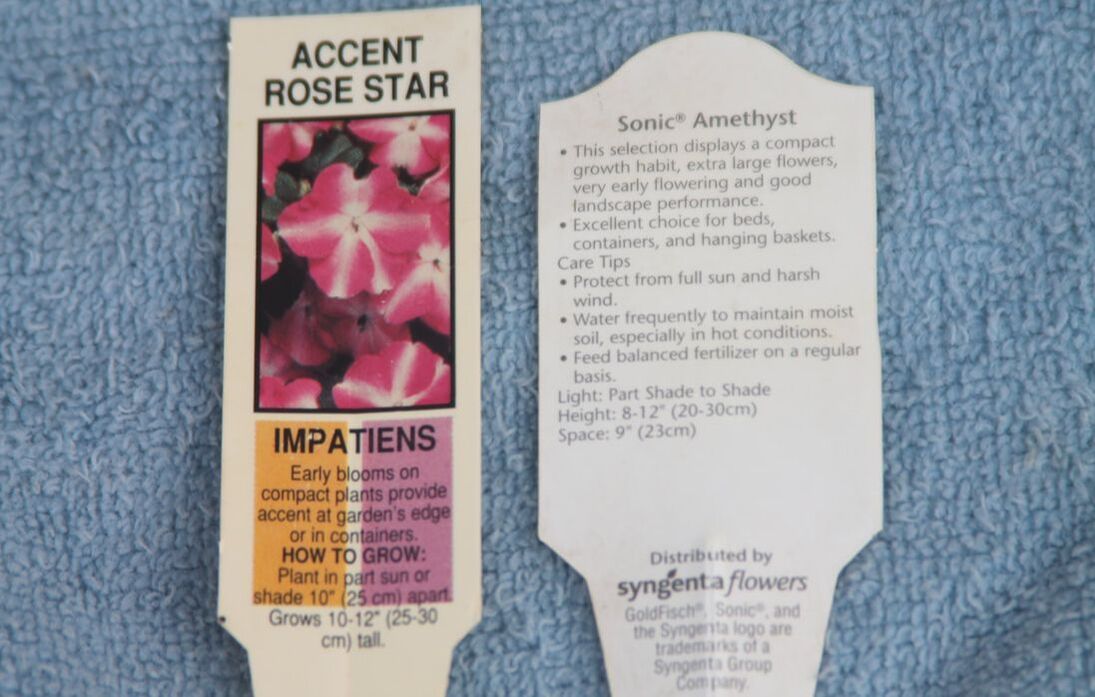
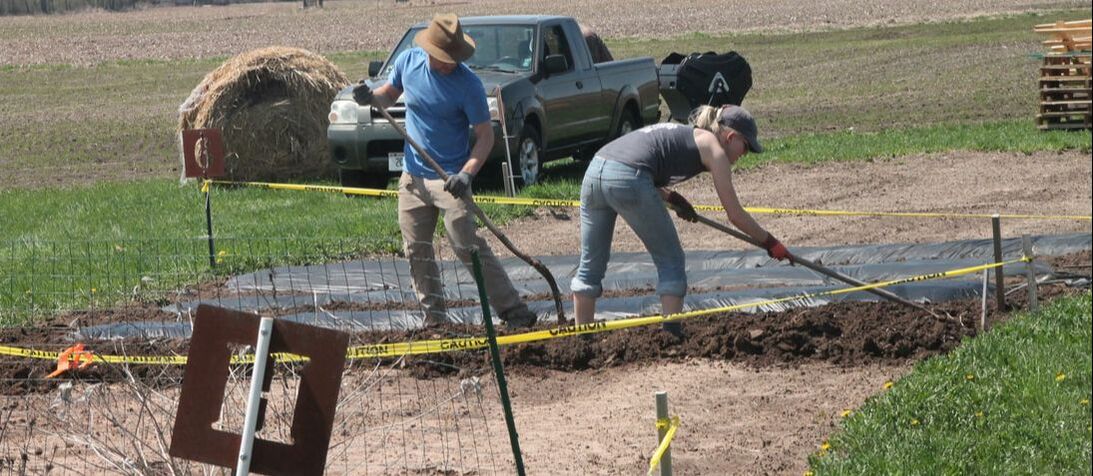
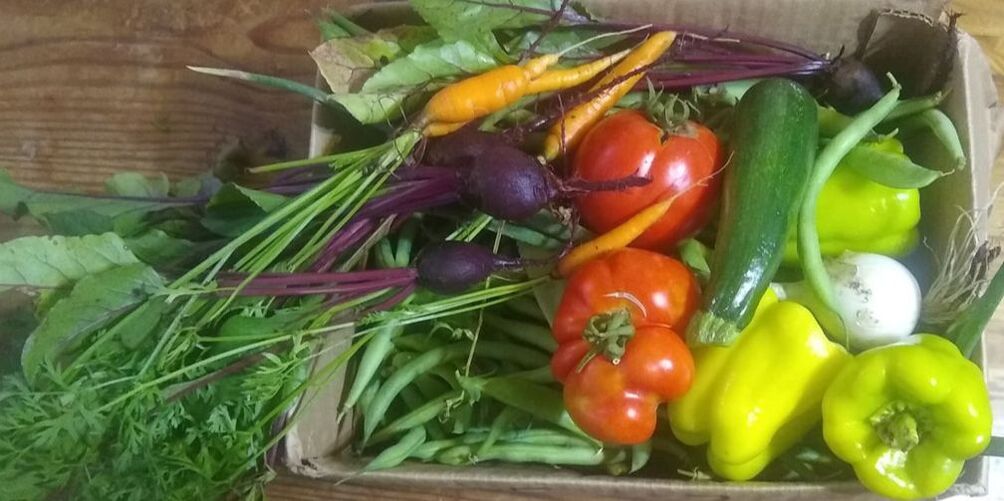
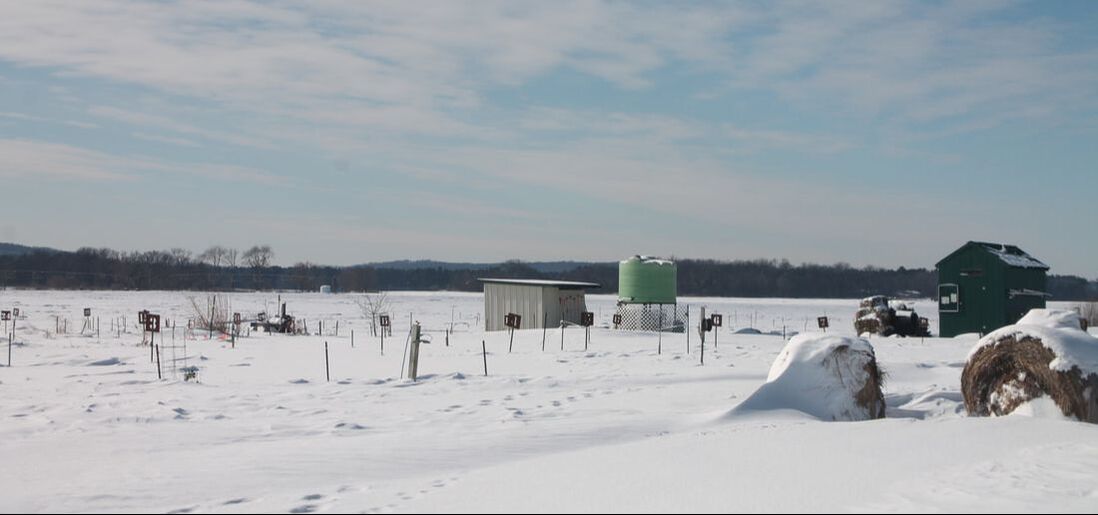
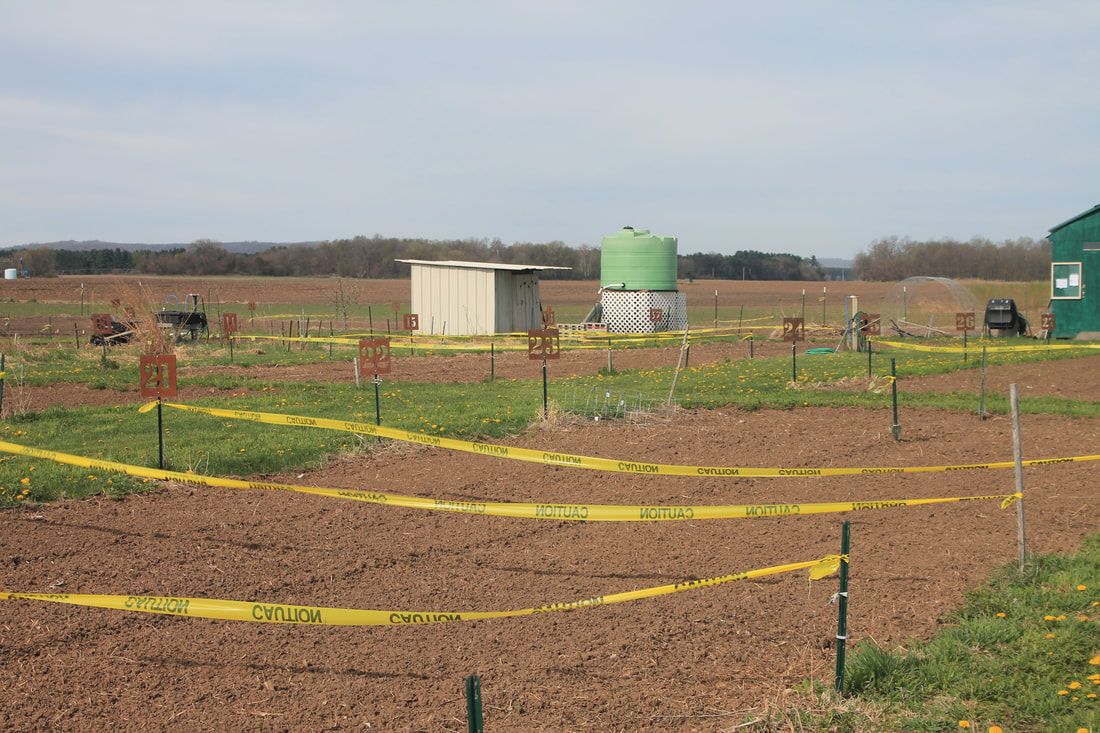
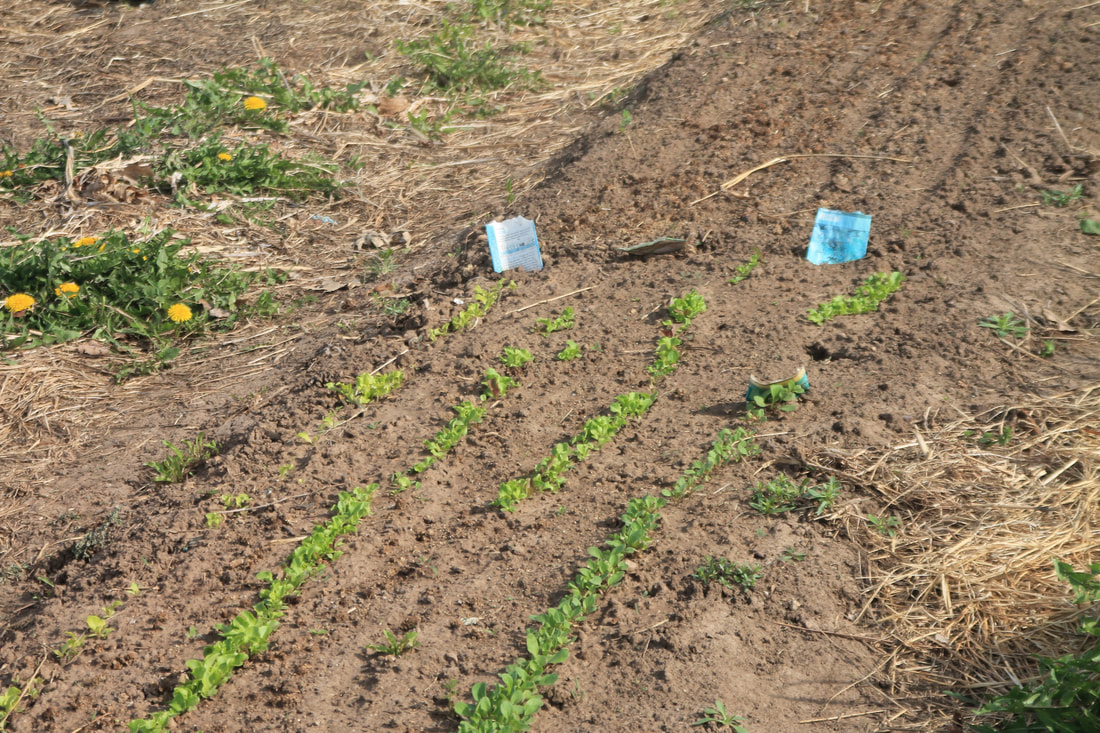
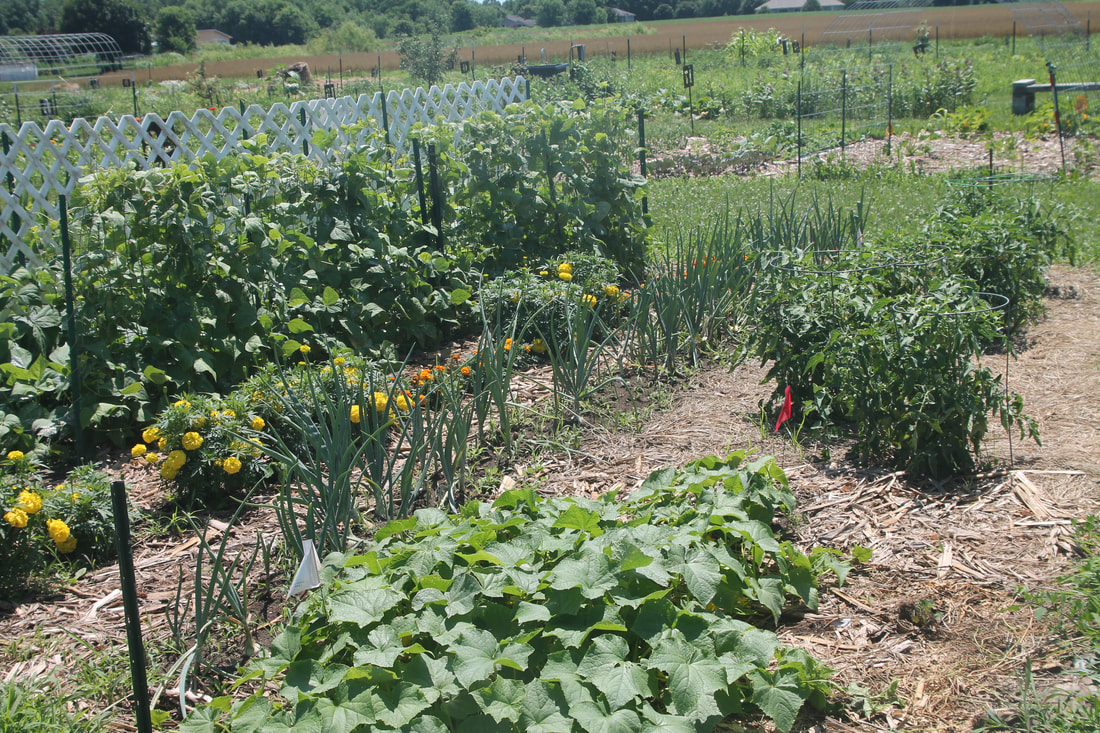
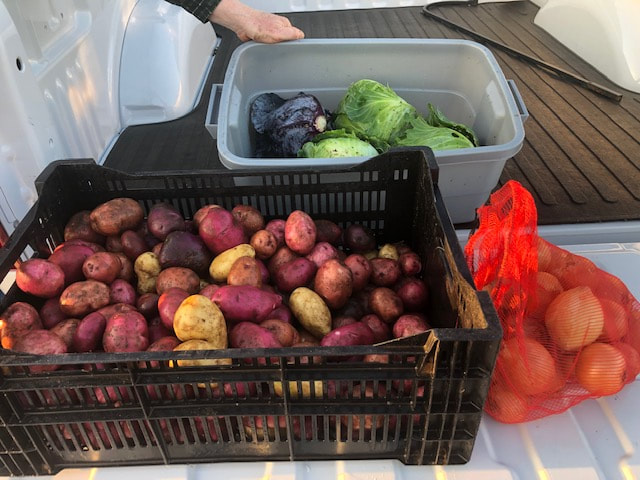
 RSS Feed
RSS Feed